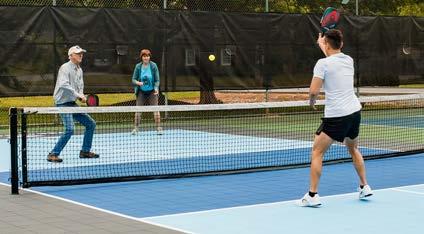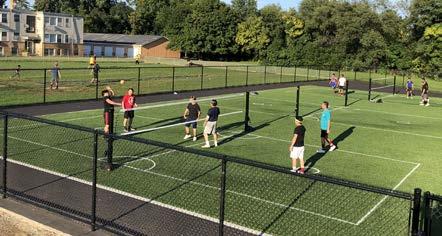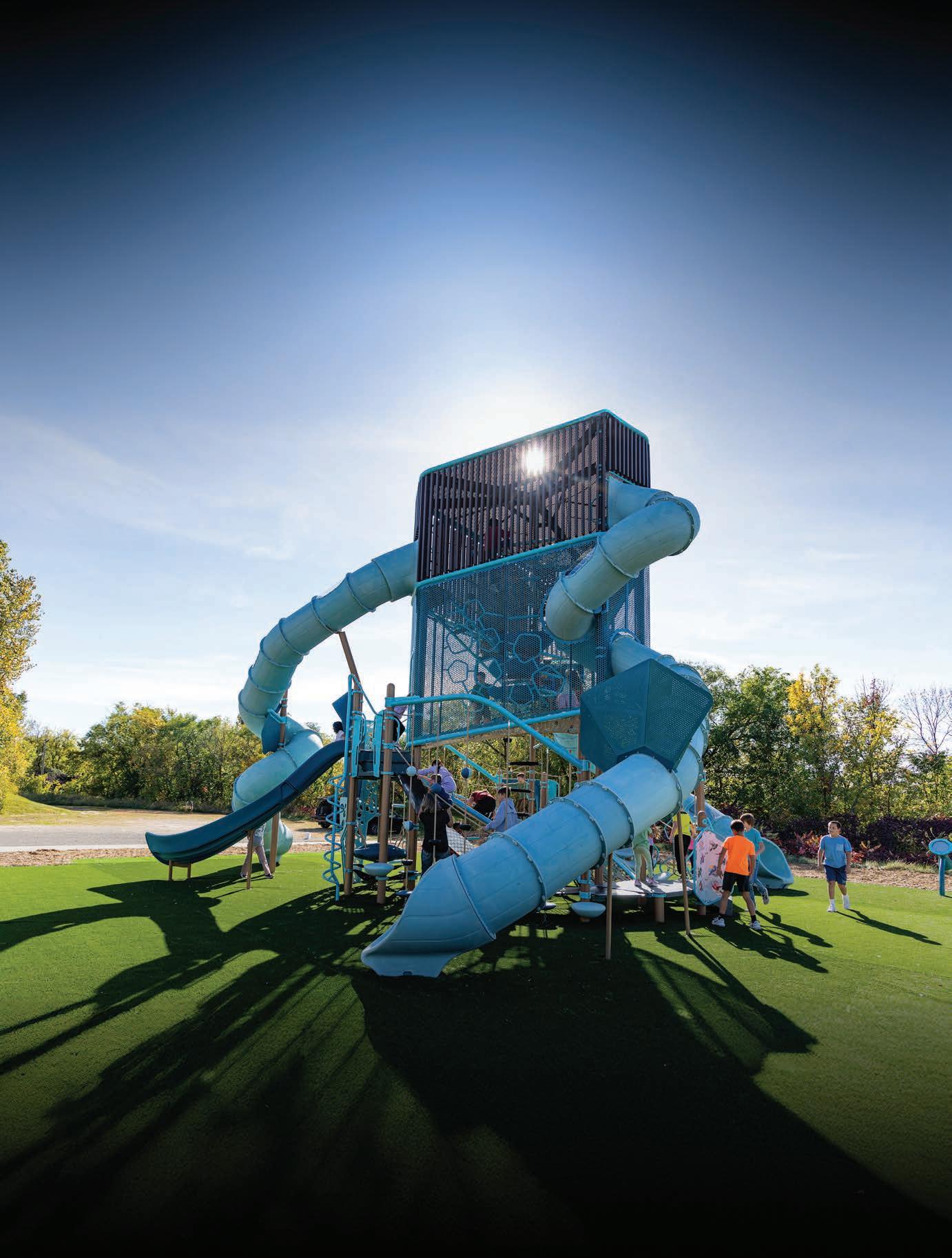

Giant Burke Chair





Publisher Minnesota Recreation and Park Association
200 Charles Street NE, Fridley, MN 55432 www.mnrpa.org
Tel: 763.571.1305
An affiliate of National Recreation and Park Association
Editorial Staff
Michelle J. Snider
Bethani Gerhard
Editorial Board
Jennifer Fink, New Brighton
Lori Hokenson, New Brighton
Mary Jo Knudson, Owatonna
Cheryl Kormann, New Ulm
Patrick Menton, Winona
Advertising Sales & Design
Todd Pernsteiner
Pernsteiner Creative Group todd@pernsteiner.com 952.841.1111
MRPA Board of Directors 2025
President: Eric Carlson, Apple Valley
President-Elect: Sonya Rippe, Plymouth
Past President: Michelle Okada, Woodbury
Secretary: Tracy Petersen, Edina
Treasurer: Andy Soltvedt, Anoka County
RSC Chair: Chris Morrow, Maple Grove
East Metro: Kelly Distad-Arvold, New Brighton
East Metro: Mike Ramirez, Eagan
East Metro: JJ Williams, Washington County
Northeast Region: Carson Law, Wright County
Northwest Region: Lynn Neumann, Hutchinson
Southern Region: Joey Schugel, New Ulm
West Metro: Roxann Maxey, Brooklyn Park
West Metro: Jenna Smith, Victoria
West Metro: Jason T. West, St. Louis Park
This magazine is the official quarterly publication of Minnesota Recreation and Park Association and is provided complimentary to members as part of their MRPA membership. The editorial board encourages the submission of articles and photos for publication by agency members. Articles of approximately 500-700 words or less may be submitted, but may be edited for length and clarity. Contact Michelle Snider, MRPA, at 763.571.1305 x100 if interested in submitting an article for a future issue.
Articles and Advertising Deadlines
Summer 2025 issue: May 22, 2025
Fall 2025 issue: September 15, 2025
Winter 2026 issue: January 8, 2026
Spring 2026 Issue: March 7, 2026
MRPA reserves the right to approve all submitted advertising in MINNESOTA Recreation and Parks magazine.

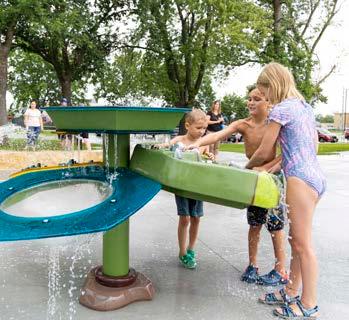
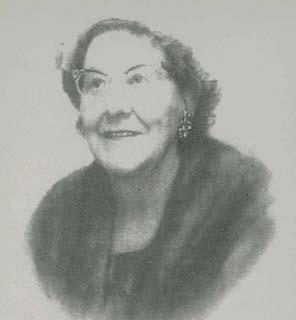
the
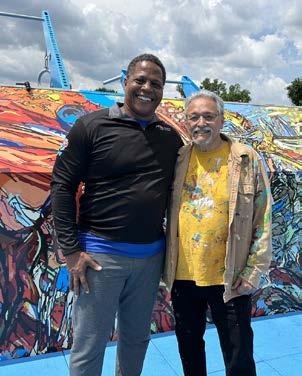
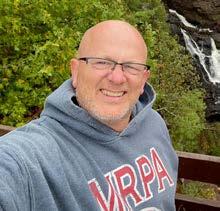
Dear MRPA Members,
By Eric Carlson, MRPA President
Spring has finally arrived in Minnesota— which means we can all cautiously put away our snow shovels and snow blowers all while keeping them within arm’s reach (just in case). As the days get longer and our parks and recreation spaces come alive with activity, it’s a great time to reflect on the importance of inclusive play and ensuring that everyone, regardless of ability, has access to engaging and welcoming environments.
In this edition, we are proud to feature Landscape Structures and Flagship Recreation, whose commitment to inclusive play is transforming communities across Minnesota. Through their North Star Partnership, they are leading the way in designing accessible playgrounds and recreational spaces that foster engagement, joy, and belonging for all.
This spring marked the inaugural Northern Minnesota Recreation and Park Association (NMRPA) gathering, held on March 19 in St. Cloud. A huge thank you to Scott Zlotnik for hosting, Ross Demant for the invitation, and Dolf Moon, retired from the City of Hutchinson, for delivering an inspiring keynote message. Events like these strengthen our parks and recreation network, reminding us why we do what we do—plus, it’s always great to connect with people who also believe the smell of freshcut grass should be bottled as cologne. More recently, I had the opportunity to attend the Southern Minnesota Recreation and Park Association (SMRPA) April meeting. Both NMRPA and SMRPA serve professionals who navigate unique challenges and opportunities compared to their metro-area counterparts. From maintaining vast rural parklands with
AS WE WORK HARD TO
limited resources to fostering deep community engagement in smaller communities, Greater Minnesota members exemplify the power of collaboration and innovation. It’s inspiring to see how these dedicated professionals continue to create meaningful experiences and lasting impacts in their communities.
Looking ahead, MRPA will be heading to the Minnesota State Capitol on Tuesday, April 29, thanks to Three Rivers Park District for allowing us to join them as we engage with state senators and representatives. This is a great opportunity to advocate for the vital role of parks and recreation in strengthening our communities. A special thank you to Boe Carlson and Jason McGrew-King for helping make this possible. MRPA members’ involvement and leadership helps ensure our voices are heard, and our parks remain a priority at the state level.
Mark your calendars! The MRPA Annual Conference will take place October 27-30 in Brooklyn Center. This is our biggest event of the year, bringing together professionals from across the state to connect, learn, and inspire one another. Whether you’re looking for fresh ideas, networking opportunities, or just an excuse to wear business casual and call it “dressed up,” this is an event you won’t want to miss! Stay tuned for more details. Thanks to Co-Chairs Carrie Anderson and Greg Simmons for your leadership.
I want to take a moment to recognize the invaluable work of the Minnesota Recreation and Park Foundation (MRPF). Their dedication to supporting
professional development provides recreation professionals across the state with scholarships, learning opportunities, and resources to help them grow in their careers. Investing in MRPF is like investing in good hiking boots—it supports you for the long haul! If you’re not already a member, I encourage you to join. More information can be found at mnrpf.org or reach out to Jennifer Fink at Jennifer.Fink@newbrightonmn.gov.
The MRPA Board of Directors continues its work on our Strategic Plan, focusing on key areas: Membership & Governance, Staffing, and Funding Sustainability. These priorities will help ensure that MRPA remains strong, adaptable, and well-supported for years to come. Basically, we’re making sure that our organization is built to last—just like that one park bench that has somehow survived every Minnesota winter since 1985.
Finally, as we work hard to create inclusive and welcoming spaces and programs for others, let’s also remember to take care of ourselves. Step outside, enjoy the fresh air, disconnect from electronics when you can, and recharge your own batteries. Whether that means taking a walk, enjoying a quiet moment, or finally using that vacation day you keep forgetting about, self-care is essential. You can’t pour from an empty water bottle—especially one left in a hot car (we’ve all been there).
Wishing you all a wonderful spring season, and thank you for your dedication to creating vibrant, accessible spaces for all!
Best regards, Eric Carlson
CREATE INCLUSIVE AND WELCOMING SPACES
AND PROGRAMS
FOR OTHERS,
LET’S
ALSO REMEMBER TO TAKE
CARE OF OURSELVES. STEP OUTSIDE, ENJOY THE FRESH AIR, DISCONNECT FROM ELECTRONICS WHEN YOU CAN, AND RECHARGE YOUR OWN BATTERIES.
Over 60 participants were in attendance at the Certified Playground Safety Inspector (CPSI) course and exam, which was held March 26 - 28 at the Apple Valley Community Center. A second CPSI course will be held May 7 - 9 at Springbrook Nature Center in Fridley. MRPA thanks both the City of Apple Valley and the City of Fridley for hosting.
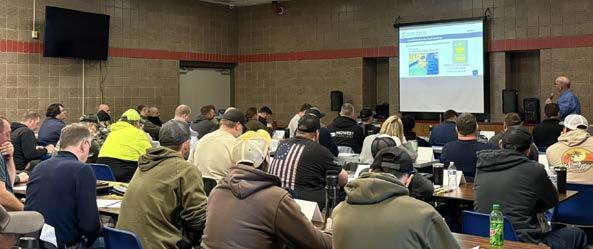
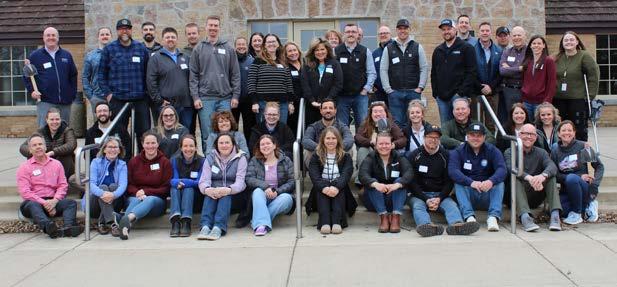
The Northern Minnesota Recreation and Park Association (NMRPA) held its first conference March 19 in Saint Cloud. Nearly 50 participants attended the educational event. The keynote presentation was provided by retired director Dolf Moon from Hutchinson, and break-out sessions were led by Greater Minnesota Parks and Trails Commission’s Renee Mattson and outdoor leadership speaker Jeannette Stawski. MRPA is grateful for longtime corporate partner St. Croix Recreation for sponsoring this event, and to the City of Saint Cloud for hosting this inaugural conference.
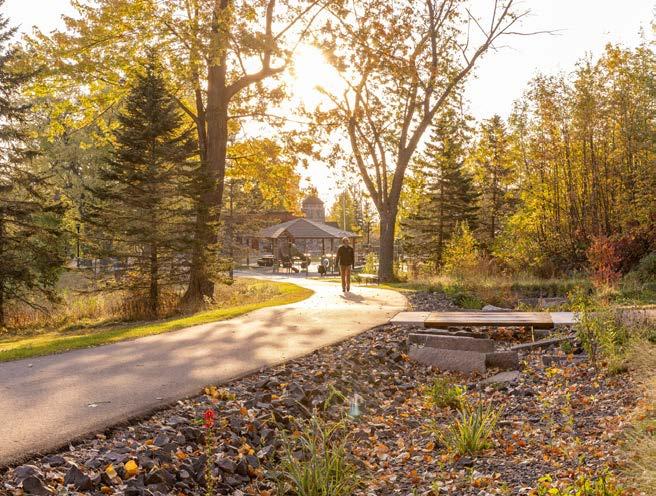
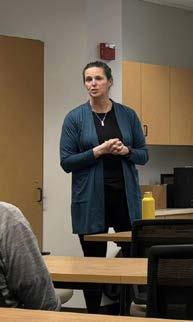
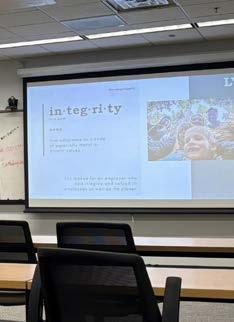
The Outdoor Leader – Resilience, Integrity, and Adventure Workshop was held on March 20, also with speaker Jeannette Stawksi. Thank you to Bloomington Parks and Recreation for hosting the workshop.

Thoughtful park design can do more than provide recreational spaces. With integrated stormwater elements, the restored Lincoln Park is helping to enhance water quality and celebrate the park’s history. Discover what we can do for you today!
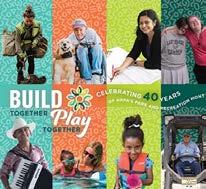
National Recreation and Park Association has released the Park and Recreation Month toolkit for July, 2025. This year’s theme, “Build Together Play Together,” helps uplift the many reasons local parks and recreation embodies the essence of belonging. The official Park and Recreation Month toolkit has graphics, logos, social media banners, messaging, calendars and more. Visit nrpa.org/events/july/toolkit/
The MRPA Annual Conference 2025 will be held at the Heritage Center in Brooklyn Center, Oct. 27 – 30, offering diverse sessions that cater to a wide range of interests, passionate keynote speakers, and multiple networking opportunities. The 2025 conference brochure will appear in the summer MRPA magazine. The maintenance rodeo will also be featured at this conference, as well as valuable hands-on training opportunities and an exhibit hall with multiple partners and vendors.
Thank you to conference co-chairs Carrie Anderson (City of Roseville) and Greg Simmons (City of Golden Valley), along with the entire Conference Committee, for their outstanding work planning the upcoming Annual Conference!

The 3 rd Annual MRPA Lifeguard Competition will be held on July 27, 2025 at the Aquatic Center in St. Louis Park. The competition will be held from 8 a.m. – 12 p.m. with check-in beginning at 6:30 a.m. The MRPA Lifeguard Competition will have a judges meeting at 7 a.m. The banquet room at the St. Louis Park Rec Center is reserved for an awards luncheon after the competition.
The MRPA Lifeguard Competition was first held in 2023 with six teams competing in aquaticrelated related scenarios. The event grew to nine teams competing against each other in 2024 at the Apple Valley Aquatic Center.
The MRPA Aquatics Network is excited about the opportunity to continue to grow the lifeguard competition. If you or your community is interested in participating, please register by scanning the QR code in the ad on page 7, or on the MRPA website at mnrpa.org/ upcoming-events.
Thank you to Horizon Pool Supply for sponsoring the MRPA Lifeguard Competition.

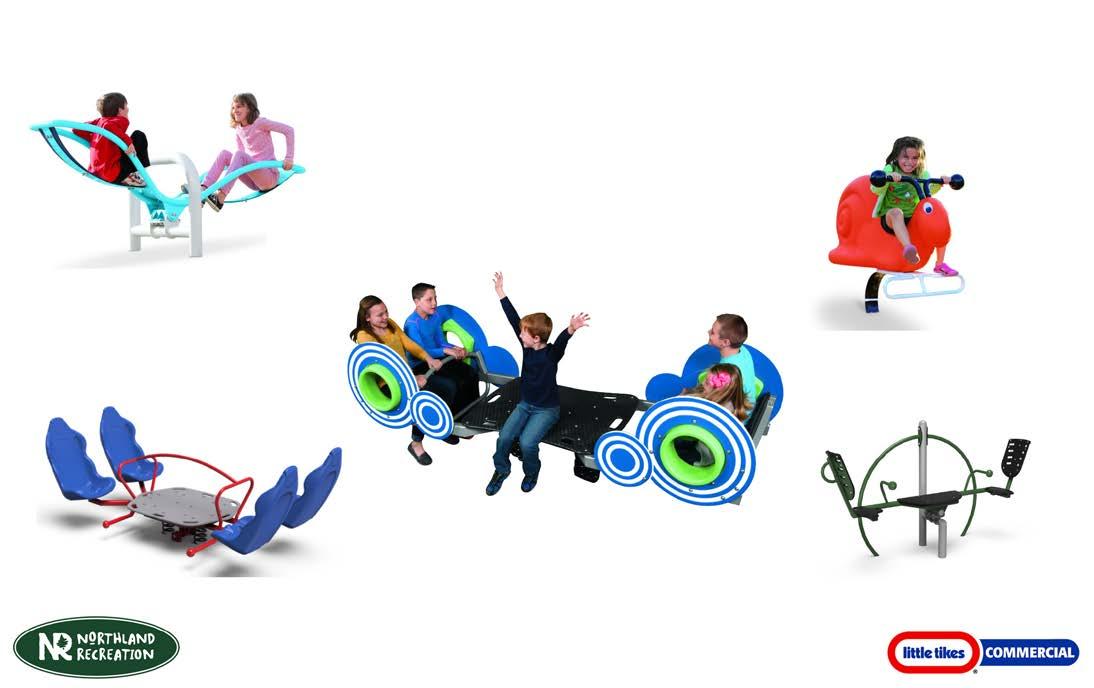











Put your training to the test in a challenging lifeguard competition designed to highlight your rescue skills, teamwork, and decision-making under pressure.

Rescue Drills – Execute precise and effective lifesaving techniques. CPR Simulations – Show accuracy and efficiency in critical response situations.
Participants will be evaluated on technique, speed, decision-making, and overall performance. This competition is a great way to gain recognition, build confidence, and continue growing as a professional lifeguard.
Sunday, July 27th | St. Louis Park Aquatics Park
Competition Time: 8:00 AM – 12:00 PM
Check-In: 6:30 AM
Judges' Meeting: 7:00 AM
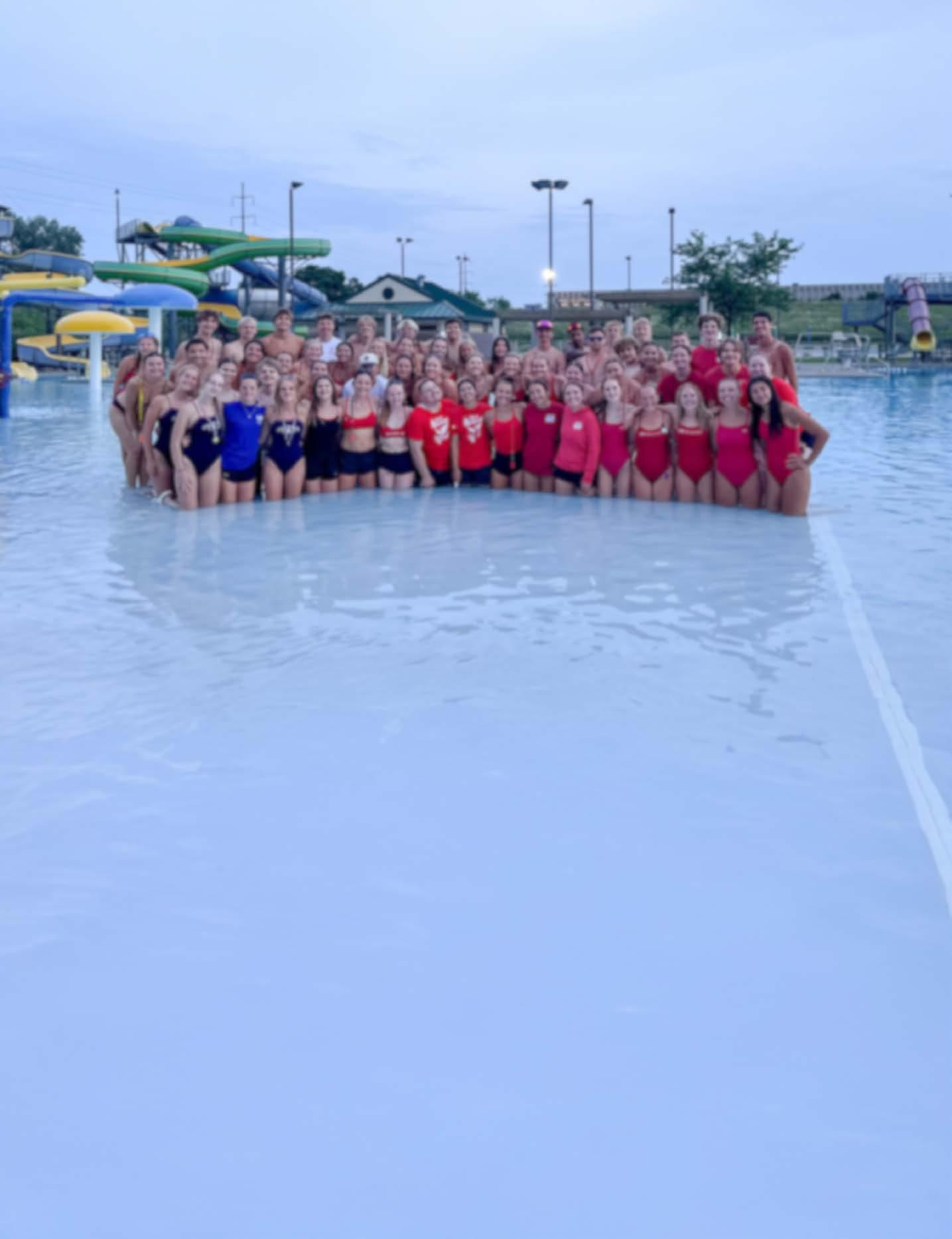

SIGN UP

Every year, the Minnesota Recreation and Parks Foundation (MRPF) has the distinct honor of recognizing and supporting students who are shaping the future of our field. These individuals are not just studying recreation—they are actively leading programs, connecting communities, and fostering equity and inclusion in every space they enter.
Since its inception, MRPF has awarded more than $150,000 in scholarships to support the educational journeys of future parks and recreation professionals. These scholarships are funded entirely by the generosity of donors, members, and sponsors who believe in investing in what’s next.
We are excited to share and celebrate our most recent scholarship recipients:
Anson Dockter
Minnesota State University, Mankato
Recurring Student Scholarship, sponsored by Jay and Shannon Lotthammer and Sally Callahan
Anson currently works as a Youth Recreation Staff Lead for the City of Cottage Grove, leading camps and participating in university recreation leadership. His goal is to build inclusive municipal recreation programs that support youth, community connection, and environmental stewardship.
Meghan Swanson
Minnesota State University, Mankato Student Scholarship, sponsored by St. Croix Recreation
Meghan quickly became an on-campus leader after transferring to MNSU, managing the climbing wall, teaching safety clinics, and leading inclusive outdoor recreation events. She plans to pursue a career in facility management and inclusive programming and has future goals of graduate study.
Luci Ramacher
University of Wisconsin–La Crosse
Harvey Feldman Student Scholarship
Luci is a longtime staff member with New Brighton Parks and Recreation and currently coordinates day camp operations and teaches cycle classes on campus. Her goal is to continue creating welcoming, wellness-focused programming in local government settings.
Ellie Barker
Winona State University
Bernstein Memorial Diversity Scholarship
Ellie is focused on recreational therapy, particularly in mental health settings. Their career goals include working in Partial Hospitalization programs and helping others heal through movement, play, and meaningful connection.
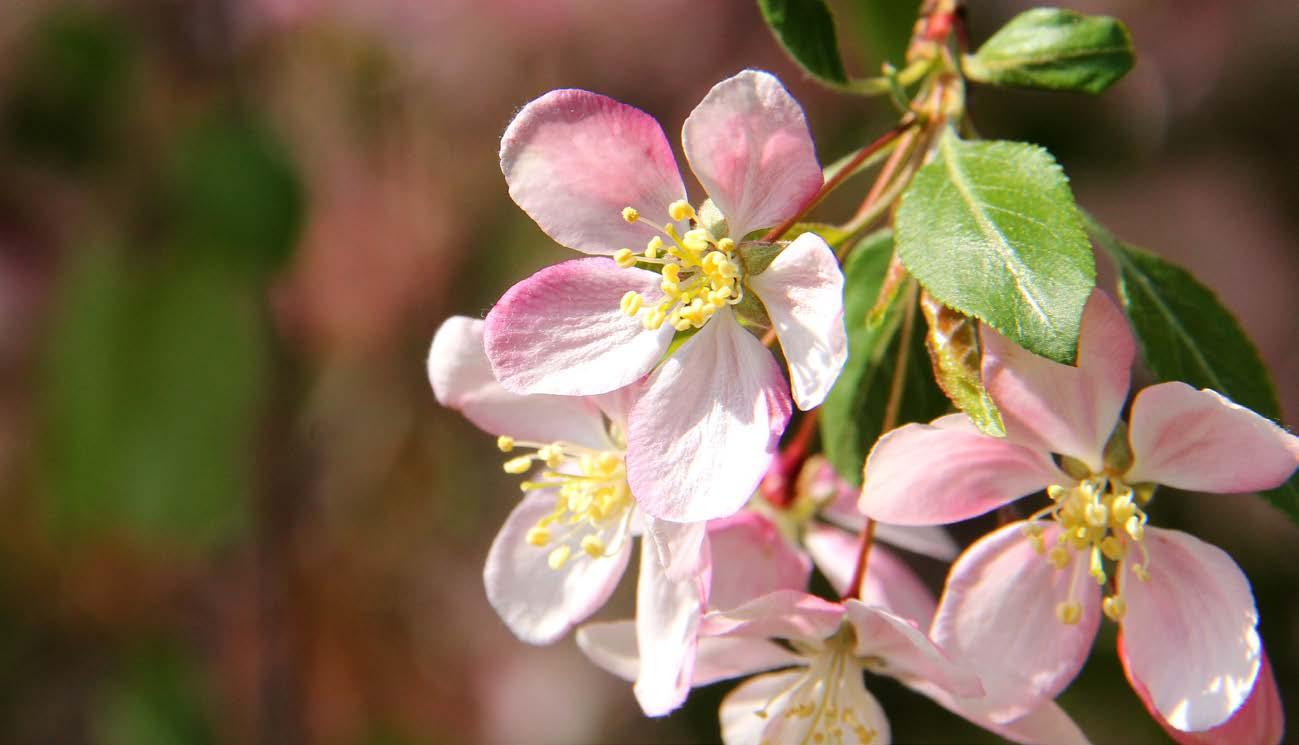
Allie Filzen
Minnesota State University, Mankato
Recurring Student Scholarship, sponsored by Jay and Shannon Lotthammer and Sally Callahan
Allie is a Therapeutic Recreation major who has volunteered extensively with the STAR Center and worked at Ironwood Springs Christian Ranch. Her leadership on campus and in adaptive programming shows a clear commitment to equity, inclusion, and innovation. She’s currently interning with the National Sports Center for the Disabled in Colorado, and her long-term goal is to launch a nonprofit organization that provides accessible, adaptive recreation for people of all abilities and backgrounds.
We extend our deepest gratitude to St. Croix Recreation, Jay and Shannon Lotthammer and Sally Callahan for their ongoing financial support of these life-changing scholarships, and to all of our MRPF members who contribute through dues, donations, and time.
If you’ve ever benefited from a scholarship, a mentor, or a professional connection, we invite you to pay it forward. Your support ensures that we can continue investing in our future.
We cannot do this without you. Join us at mnrpf.org to become a member, make a gift, or learn more.
We would like to issue a heartfelt correction: a recent reference to a gift made “in memory” of Howie Odden was incorrect. The donation was made in honor of Howie’s remarkable contributions to the profession — and we’re pleased to share that he is alive and well. We are so grateful to Howie and his wife for their generous support and to the countless professionals he continues to inspire.
- Jennifer Fink, President, Minnesota Recreation and Parks Foundation
By the MRPA Race and Equity Advisory Committee
Dorothea Nelson
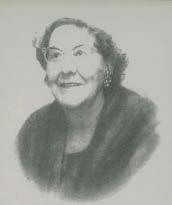
Dorothea Undine Nelson
had a beautiful singing voice and studied to be a professional singer. She majored in music at the University of Minnesota and graduated in 1918. During her college years she coordinated a training program for recreation. She later decided to make parks and recreation and advancing recreation for women her life’s work.
For several years she was the director of athletics for girls and women for the Minneapolis Park Board. Dorothea headed east to program activities for girls and women for the Chicago Park District from 1934-1938. She then joined the Women’s Benefit Society to direct the leisure time activities for three years. The Women’s Benefit Society was established in 1892 as a dues-paying, nonprofit organization with local chapters, offering not only financial benefits but also a network of support and community for women who were deemed uninsurable in many industries. It is now known as Woman’s Life.
Nelson attended American University in Washington, D.C where she trained in club and field directing for the Red Cross. She spent a year traveling to Europe. Upon the
United States entrance into World War II, she went to England, North Africa, Italy, and Corsica. She organized and directed Red Cross clubs in Italy and Corsica. From Europe she went to Japan to become the Field Director of Entertainment for the American forces in the northernmost Ainu Islands. At this point in time, soldiers were being released from service and the Red Cross was acting as a liaison between new arrivals and the civilians of the area. In 1945 she went with the United States occupation of Austria where she continued her Red Cross for three more years.
In 1948, Nelson became the Village of St. Louis Park’s first superintendent of recreation (director). She was the first female in the Twin Cities area to hold this position. She served at an important time, overseeing the establishment of neighborhood parks in a city where citizens had to fight to have parks established for the ever-growing population. From the July 6, 1951, of the St. Louis Park Dispatch, Nelson stated her advocacy for preserving land for parks, saying:
“Here in St. Louis Park, challenge is met at every turn. While the village government has had a ten-year program of acquisition of playgrounds and development, home building is now so widespread, that it is necessary to grab sections of ground in each new development, to meet the needs of the children for play places.”
Also, during her tenure St. Louis Park’s first community center was built and opened
in November of 1953. Nelson retired as superintendent of recreation in October 1962. On November 8, 1962, the park at 26th and Florida Avenue NW was named Nelson Park in her honor. The park features a beautiful park shelter, two ice rinks, community gardens, and paved access to the Cedar Lake Regional Trail.
Throughout her career, Nelson was a strong advocate for parks and recreation, particularly focused on the planning and advancement for female focused recreation programs. Tragedy struck in May of 1967 when she was killed in a car accident. Those who knew her will remember her for her flamboyant personality, large colorful hats, and her ornate jewelry.
From 1967 to 2022 great female leaders in our industry have been honored in Nelson’s name. In 2023 the Dorothea Nelson and Jack Niles awards were combined to become the Nelson-Niles Award to honor great leaders in our industry in a more inclusive manner regardless of gender.
In the early 1900s, a woman’s access to recreation was largely determined by her social standing. Picture this: a woman swinging a tennis racket or maybe perched on a horse. These were the lucky ones. Wealthy, white, women who were
“Here in St. Louis Park, challenge is met at every turn. While the village government has had a ten-year program of acquisition of playgrounds and development, home building is now so widespread, that it is necessary to grab sections of ground in each new development, to meet the needs of the children for play places.” - Dororthea Nelson

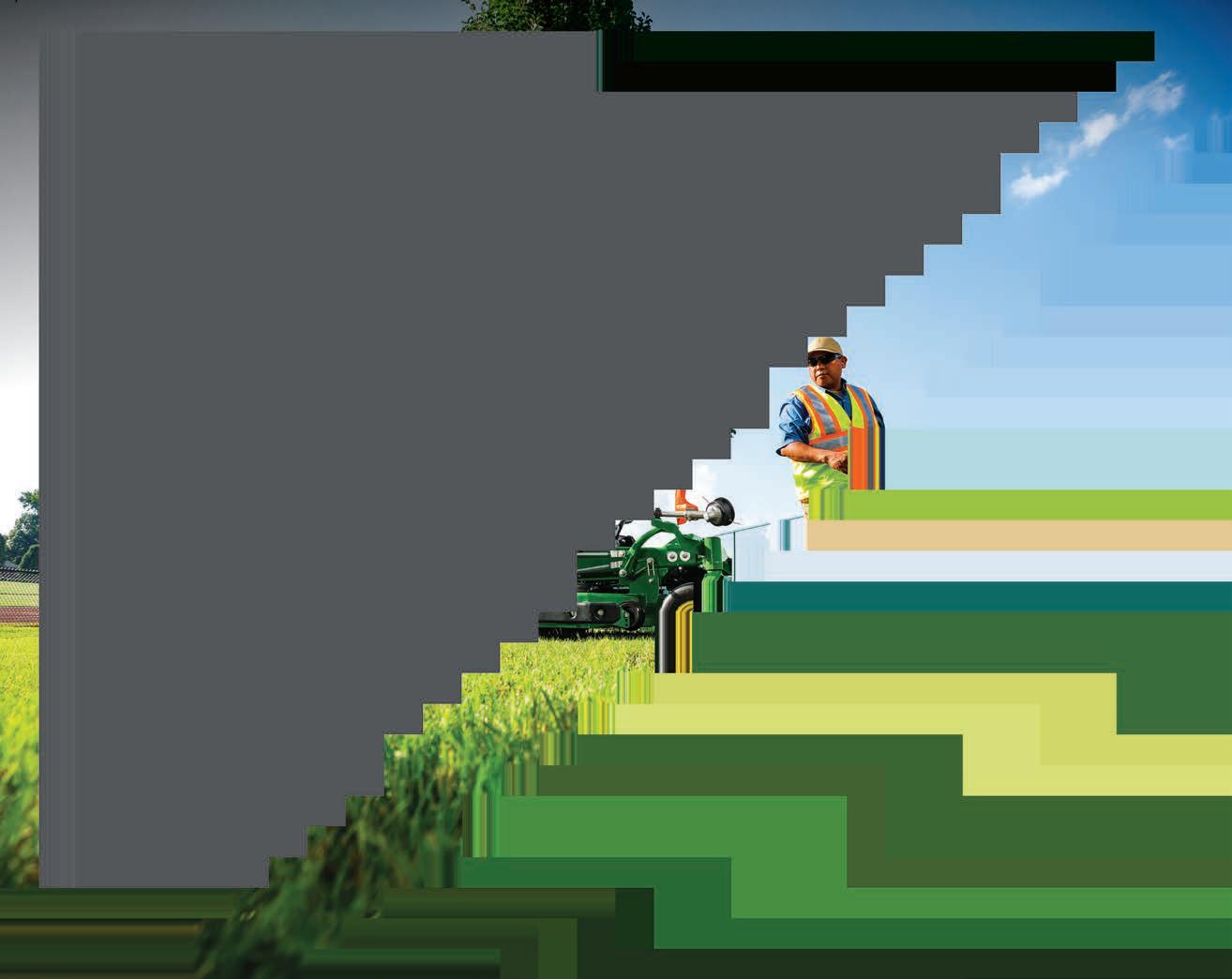


To find out how, go to www.JohnDeere.com/BuyLocal
privileged and fit the narrow societal mold. Tight as a corset. Ladies were delicate, not athletes. While some women’s colleges offered a sliver of change, some physical education, resources and opportunities were very limited. The 20s? A bit more freedom, but the Great Depression hit hard. Then, World War II. Women took over, pro leagues like All-American Girls Professional Baseball popped up, showing the world what they could do. However, after the war, a return to traditional roles largely prevailed. This set the stage for a slow burn of change, fueled by civil rights, and a growing push for equality.
At the same time, leaders like Dorothea Nelson were pushing for the importance of physical activity for women. She was challenging the old, outdated ideas that claimed exercise was bad for women, and in doing so, helped pave the way for a whole new understanding of women’s bodies and their place in sports and recreation. Nelson had a long and impactful career right here in Minnesota. Her work in leadership positions influenced community programs and provided opportunities, making sure women had access to recreational spaces. Nelson retired as superintendent of recreation in October 1962, 10 years after we would see a monumental law play a huge role in women’s athletics. Then came 1972, and Title IX. It was a watershed moment. Suddenly, institutions were required to ensure equal opportunities. The impact was immediate: women’s athletic programs expanded rapidly. Scholarships became available, facilities improved, and resources were finally allocated equitably. This changed the way people viewed women in


left:
defeated former No.
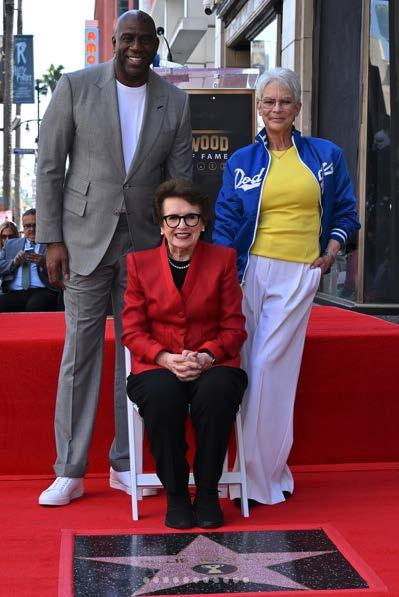
ranked men’s
player Bobby
in a “Battle of the Sexes” match on Sept. 20, 1973.
Bottom left: Title IX of the Education Amendments Act of 1972 was signed into law by President Richard Nixon on June 23, 1972.
Right: On April 9, 2025, 81-year-old Billie Jean King (in red) became the first woman to receive a star on the Hollywood Walk of Fame in the Sports Entertainment category.
sports. The impact felt wasn’t limited to competitive sports. Intramural programs, fitness initiatives, recreational activities—all saw a significant boost. It was a cultural transformation, really, dismantling outdated practices and showcasing the true potential of female athletes and recreation.
We must acknowledge that the benefits of Title IX did not fix everything. Various groups continue to encounter significant obstacles women of color and communities with limited financial resources. Still, there were undeniable triumphs. Billie Jean King’s ‘Battle of the Sexes’ match remains a pivotal moment, a testament to her
Women in Leisure Services (WILS) is a national organization for professional women involved in the delivery of leisure and community services in private, commercial and municipal settings. Wils-Zeta is the Minnesota Chapter. The goal is to unite and empower women in parks and recreation.
Women in Parks & Recreation (WiPaR) is a 501(c) 3 nonprofit charitable organization that was created to meet the need for valuable collaboration and information sharing between women working in and supporting the parks, recreation, and leisure services


professions. Through networking, collaboration, and learning, WiPaR’s goal is to strengthen women in the field. Join us in empowering each other to do the best we can for each other and our favorite profession.
Facebook: www.facebook.com/ womeninparksandrecreation
Website: www.womeninparksandrecreation.org
determination and advocacy. We must consider someone like Babe Didrikson Zaharias, who excelled in multiple sports, shattering perceptions of female athleticism long before Title IX. Or Wilma Rudolph, overcoming childhood illness to become an Olympic track and field champion, inspiring generations. The journey toward true equality is ongoing. We’ve made substantial progress, certainly, but the pursuit of equity is a continuous effort. Every woman, every girl, deserves the opportunity to participate, to excel, and to experience the joy of physical activity.
Title IX: A landmark federal civil rights law in the United States that was enacted as part (Title IX) of the Education Amendments of 1972. It prohibits sexbased discrimination in any school or any other education program that receives funding from the federal government.
Moving Forward Together: This is the official theme for 2025, emphasizing collective progress and celebrating the contributions of women who have shaped generations.
Intersectionality: Recognizing that women’s experiences are shaped by multiple identities, such as race, class, and sexual orientation.
Equal Rights: The pursuit of equal rights and opportunities for all.
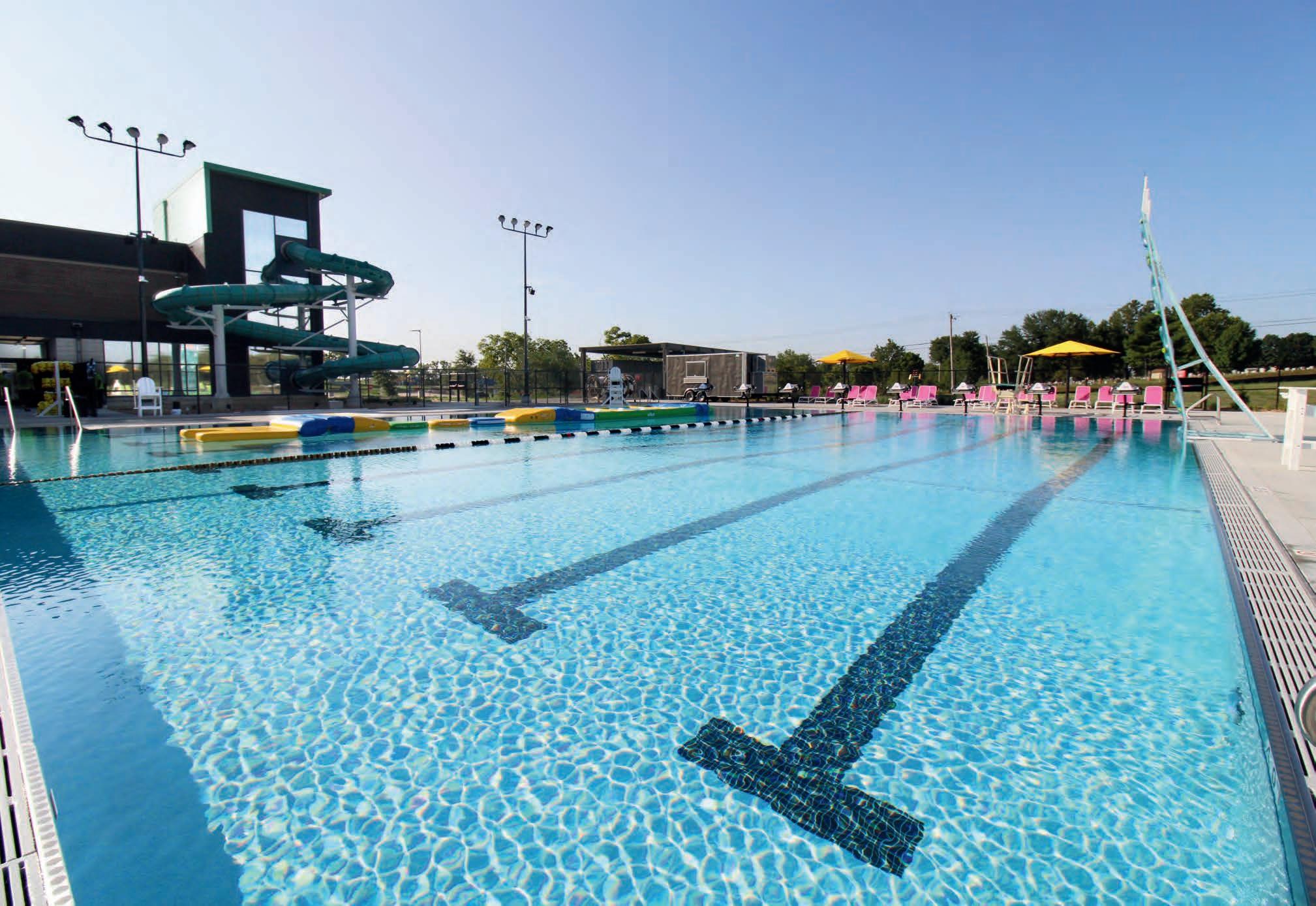
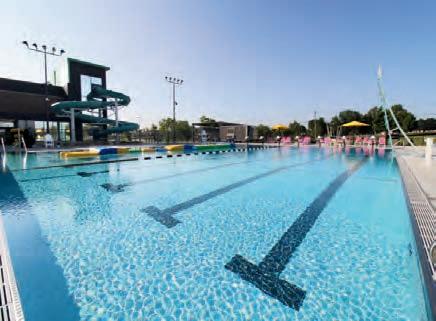
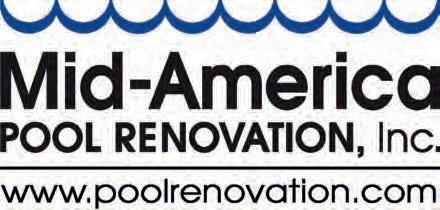
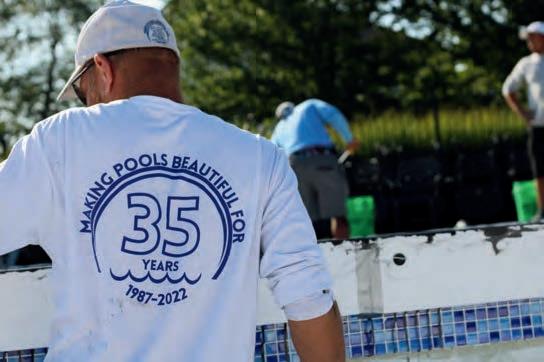


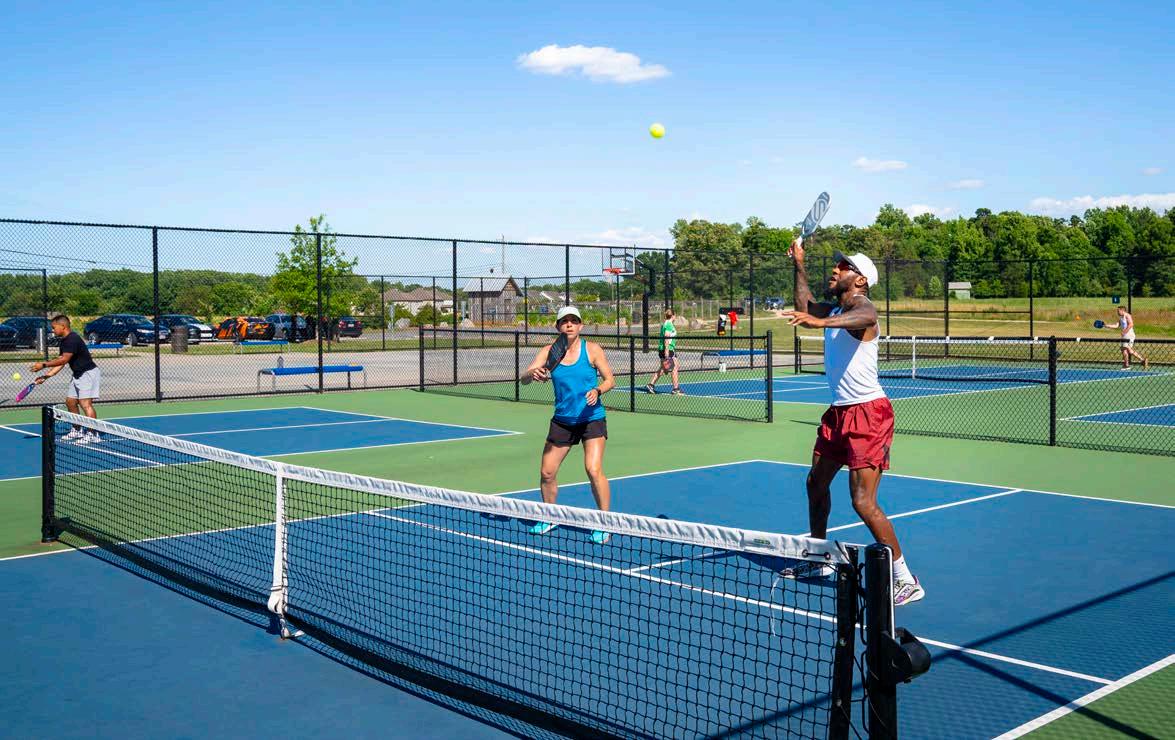
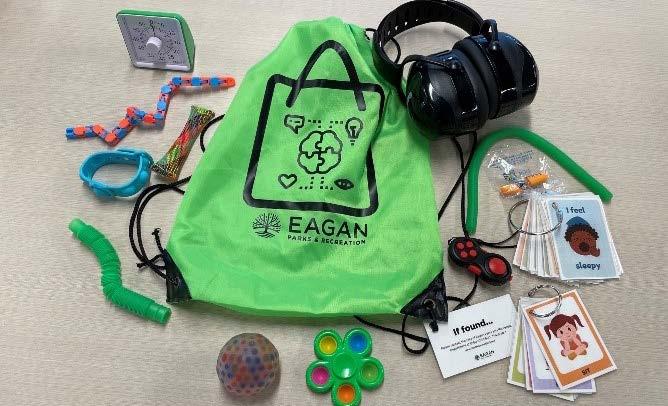
April is globally recognized as Autism Acceptance Month, a time dedicated to fostering understanding, inclusion, and support for individuals with Autism Spectrum Disorder (ASD). This observance celebrates the diverse experiences of the autism community while promoting meaningful acceptance. World Autism Awareness Day, held on April 2, was established by the United Nations in 2007 to highlight the importance of improving the quality of life for autistic individuals.
Autism, or ASD, is a spectrum of conditions affecting social skills, communication, and behavior. It impacts approximately 1 in 36 children in the U.S., with signs typically appearing by age 2 or 3. Because autism varies widely, some individuals require significant support, while others live independently. Diagnoses
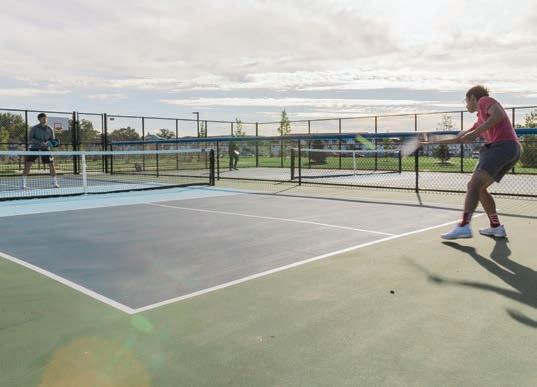
Embracing strong, strategic and intentional engagement to inform design. Designing spaces
are categorized into three levels based on the level of support needed.
Autism Acceptance Month goes beyond awareness, emphasizing the importance of valuing, supporting, and fully including autistic individuals in all aspects of society.
Raising awareness and fostering acceptance are key to breaking down misconceptions, promoting early diagnosis, and ensuring access to essential resources. Shifting the focus from awareness to acceptance encourages a society that values neurodiversity and creates inclusive environments where individuals with autism can thrive.
In 2021, the Autism Society of America officially shifted the designation from “Autism Awareness Month” to “Autism Acceptance Month.” This change emphasizes the need for society to move beyond mere awareness and actively promote acceptance and inclusion of individuals with autism. The goal is to foster a culture where autistic individuals are embraced as integral members of the community.
Make events more accessible and inclusive for individuals with autism. There are three common challenges autistic individuals may face at events—sensory differences, a need for routine and predictability, and community misunderstandings. Designate quiet areas, use clear visual aids, and train staff to support attendees with autism. The goal is to foster a more inclusive and welcoming environment for individuals and families affected by autism. For more information, visit Autism Speaks or contact help@autismspeaks.org.
A real-life example from Eagan Park and Recreation are sensory bags attendees can check-out (shown above). In the bag are noise canceling headphones, indicator cards, and fidgets. At events are sensory tents that can be closed for people experiencing a sensory overload to get away without leaving. In their catalog they have visual indicators with the program/event description indicating if the sensory bags and/or tent will be available.
Neurodiversity: The concept that neurological differences, such as autism, are natural variations of the human genome.
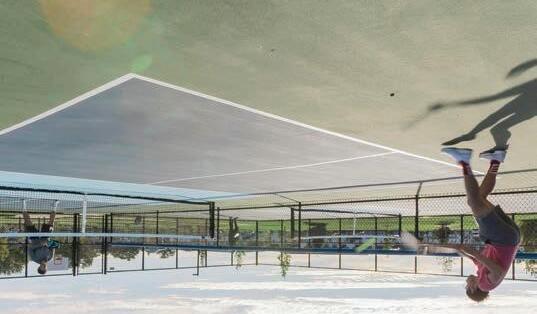
Inclusivity: Creating environments where individuals of all abilities are valued and integrated.
Early Intervention: Identifying and providing support to children with developmental delays or disabilities at a young age to improve outcomes.
Sensory-Friendly: Environments or events designed to accommodate sensory sensitivities, often associated with autism.
Self-Advocacy: Encouraging individuals with autism to speak up for their own needs and rights.
By embracing these concepts and educating ourselves, we can contribute to a more inclusive and supportive society for individuals with autism. wsbeng.com

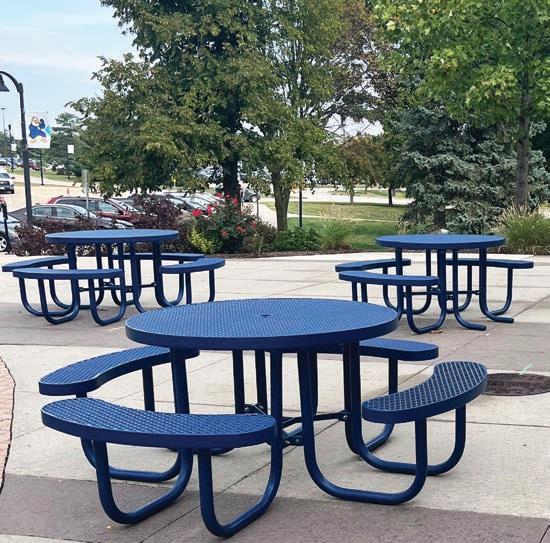


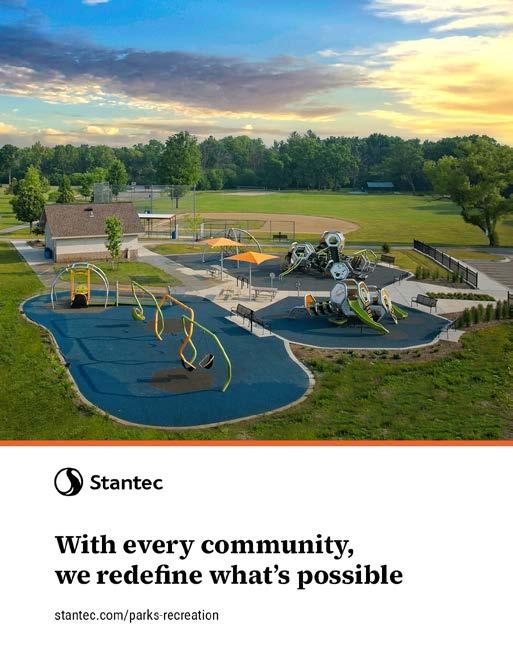

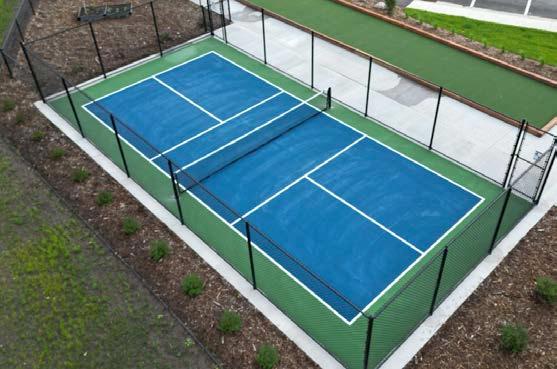
• Warranty: typically 1-2 years
• Resurface: every 4-5 years
• Average install: 5-7 days
• Ongoing maintenance
p y g- g d y with little maintenance required over the life of the court. Backed by a 15-year warranty, Sport Court pickleball surfaces are specially engineered to absorb shock and prevent fatigue and injury providing a pickleball surface that athletes of all ages and skill levels will enjoy
• 20+ color options
• SportMaster® is the official acrylic of USA Pickleball
• Substantial dry time when wet
• Injury prone hard surface (no shock absorption)


• Warranty: 15 years
• Average life: 25 years
• Average install: 1-2 days
• Little or no ongoing maintenance
• 20+ color options
• Official modular surface for USA Pickleball
• Self-draining, dries quickly
• Proven shock absorption, injury-reducing surface

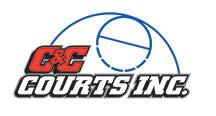
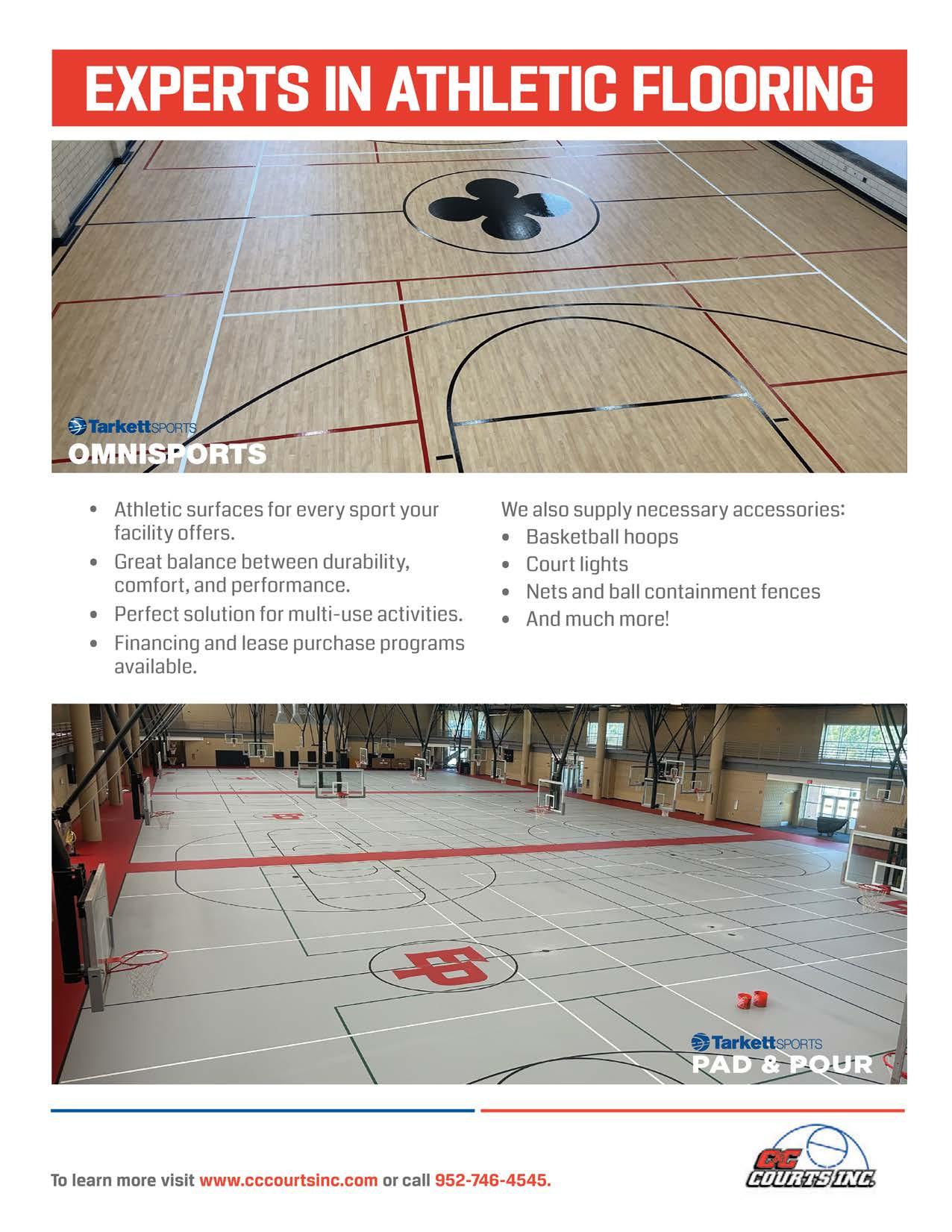
By
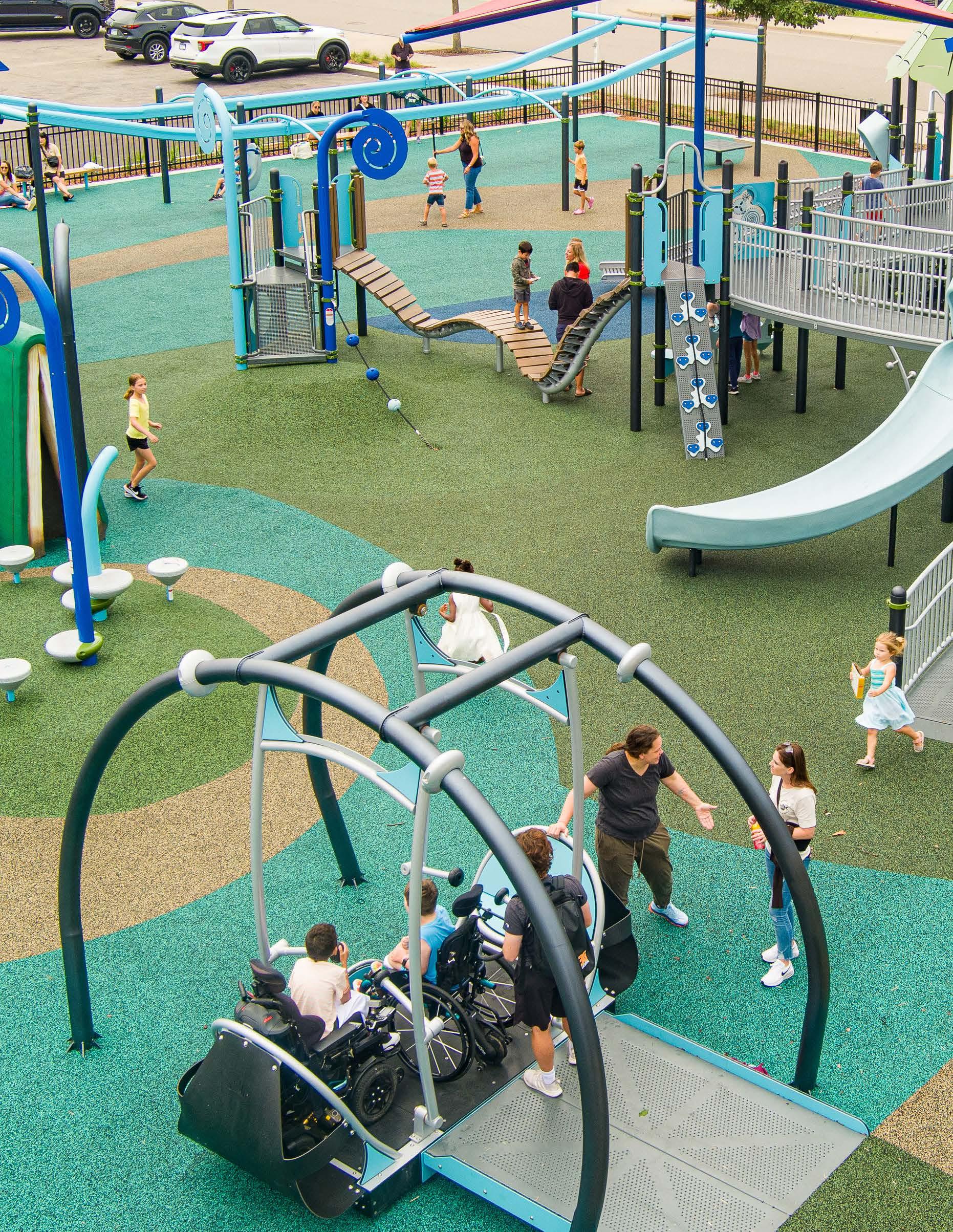
Play is essential. It’s more than just fun—it’s a foundation for exploration, skill-building and independence. As playground design evolves, it must continue to meet the needs of children of all abilities, ensuring play is accessible and engaging for everyone.
A well-designed playground stimulates all seven senses: tactile, visual, auditory, vestibular (balance), proprioception (body awareness), motor planning and social/imaginative. Inclusive playgrounds incorporate varied play experiences and sensory stimulation while ensuring accessibility for all.
According to the CDC, one in four Americans has a disability including disabilities related to mobility, cognition, hearing and vision. Public spaces must be designed to welcome everyone, including children like Rubye Rogers, who has no depth perception. “On an inclusive playground, she gets to be her full self— more confident and less anxious,” says her mother, Taylor.
Step into a storybook adventure at PK’s Place, an inclusive playground in St. Paul, Minnesota, nestled next to Allianz Field, home of Major League Soccer’s Minnesota United FC. Designed as a whimsical literary escape, PK’s Place transports children into a fantasy world with a towering GFRC structure shaped like a stack of books, storybook cottage towers and spiraled posts reminiscent of Dr. Seuss’s imaginative sketches. Every detail invites exploration, from the twistyturny Hillscape ® Climber to the high-flying double-bay ZipKrooz ® ziplines, ensuring fun for children of all abilities.
Built with inclusivity at its core, PK’s Place features a PlayBooster ® tower with springy cable ropes, a We-Go-Round ® with DigiFuse ® panels, an Oodle ® Swing, and a Rollerslide, fostering active and social play for everyone. The playground also embraces Minnesota pride, with nods to Babe the Blue Ox and the state’s iconic loon mascot hidden throughout the space.
With its creative design and thoughtful accessibility, PK’s Place is more than just a playground—it’s a welcoming world where all children can immerse themselves in the magic of storytelling, movement and play.
Municipalities of all sizes can adopt scalable, inclusive designs. Here’s how traditional playground features are being adapted to include all children:
Early ADA-compliant designs focused on basic wheelchair access, but modern playgrounds now enable active participation. Spinners and swings accommodate mobility devices, allowing all children to enjoy movement and social interaction. Interactive panels, scavenger hunts, and story trails also engage children in play and learning together.
Autism and Sensory Processing Disabilities
Playgrounds should include sensorydiverse spaces to help children regulate their experiences. Features like swings, climbing structures, and spinning equipment develop motor and executive
function skills while fostering social interaction. Communication panels support non-verbal children, allowing them to engage more easily.
Deaf and hard-of-hearing children benefit from open spaces that allow for sign language communication and clear sightlines. Equipment like roller slides (which don’t generate static electricity that could damage cochlear implants) provides safe, engaging play. Musical play panels also appeal to multiple senses, allowing children to experience sound through vibrations.
Tactile maps, color-contrasting elements and ground texture changes help children with vision impairments navigate the playground independently. Sound features provide orientation cues, and features like balance beams with high-contrast colors encourage participation.
“My daughter Rubye likes equipment that spins, and I’ve found that to be true with other blind kids or kids with low vision,” says Taylor Rogers. “They also love climbing. But contrast matters—a
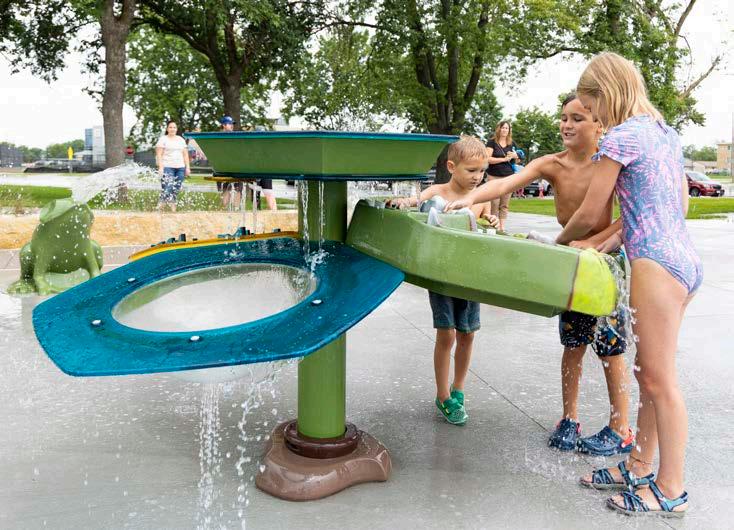
ground surface that’s too similar in color to equipment makes it harder to judge distances.”
Splash pads are an increasingly popular way to bring inclusive play to communities. Unlike traditional pools, splash pads are safer, more cost-effective and accessible to those with mobility impairments. Many include features with adjustable water intensities to accommodate different comfort levels and sensory preferences.
Interactive water features engage children in problem-solving and social play. “Water and light together create opportunities for collaboration,” says Aaron Skogen, General Manager at Aquatix. “Features like jumping jets encourage movement, turning play into an interactive experience.”
Water play is also age-inclusive, attracting people from early childhood to adulthood. “Water is naturally calming and engaging,” says Skogen. “It’s not just for kids—teens, adults and even seniors enjoy the sensory experience.”
The following tips have been shared by inclusive play advocates, disabled people, parents, parks and recreation staff, and professionals who design and build
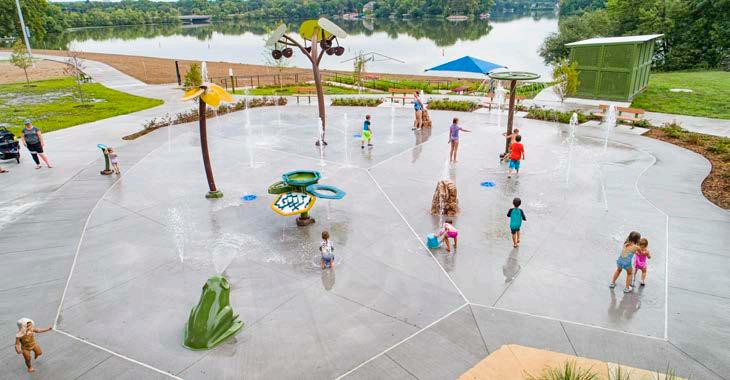


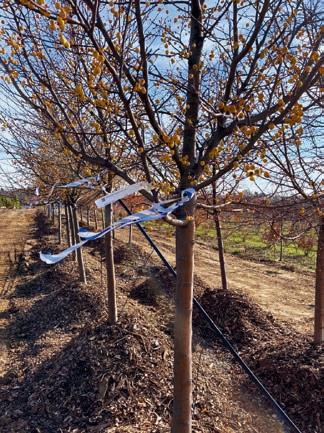


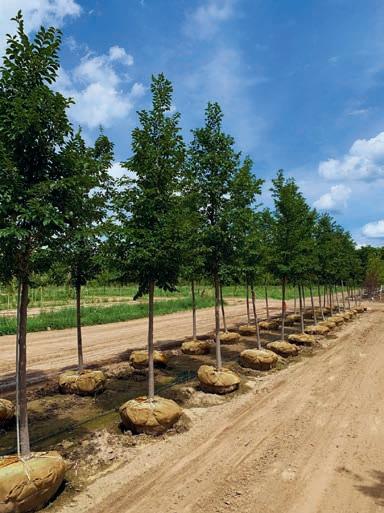
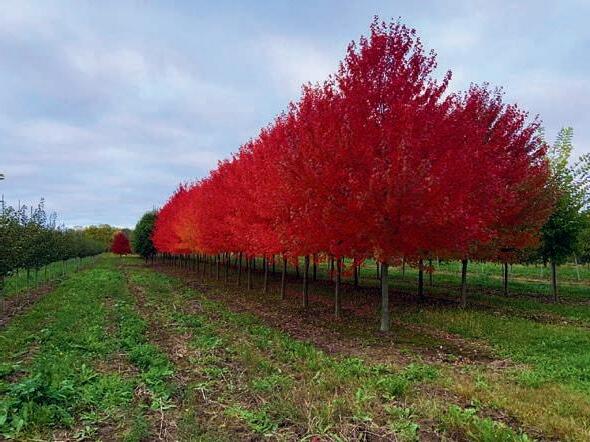
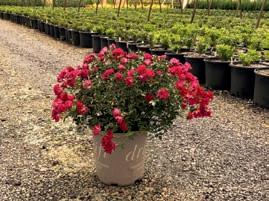
playground equipment. They can serve as thought-starters and strategic guidance for municipalities interested in bringing more inclusive play to their communities.
• Define what inclusion looks like for your community by identifying the specific needs of those who will use the playground. Prioritizing the right play experiences and selecting equipment that supports them ensures the space is both meaningful and accessible.
• Partner with nonprofits and community organizations to expand resources beyond municipal funding. Groups like Kiwanis and Rotary International can assist with financial support, advocacy and outreach to help bring an inclusive playground to life.
• Visit other inclusive playgrounds to see design in action and engage with those who use them. Asking questions and observing how different elements function can inspire ideas and improve your community’s play space.
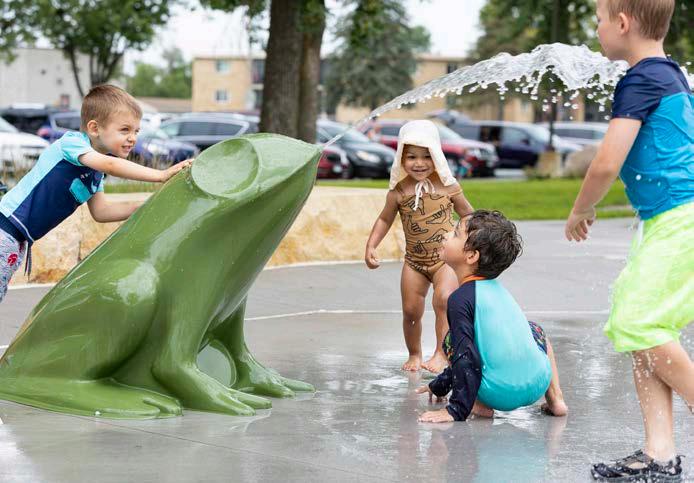
• Experience playgrounds from different perspectives by navigating in a wheelchair, using earplugs or simulating vision impairments. This hands-on approach helps identify barriers and creates a more accessible and inclusive design.
• Integrate inclusive play features throughout the playground to ensure all children can participate together. Thoughtfully
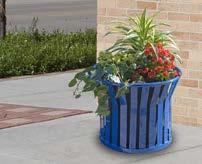

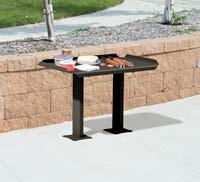
designed elements like roller slides, colorful stairs and musical instruments foster engagement for everyone, rather than isolating kids with disabilities.
Inclusive playgrounds are more than spaces for recreation—they are investments in community well-being, fostering confidence, independence and social connection. By prioritizing accessibility, municipalities can ensure that play truly knows no limits.


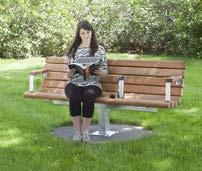
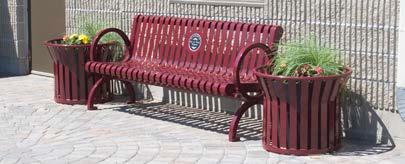


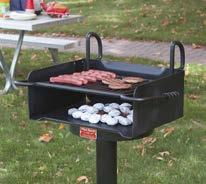
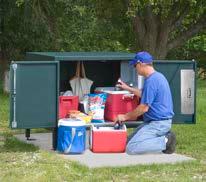

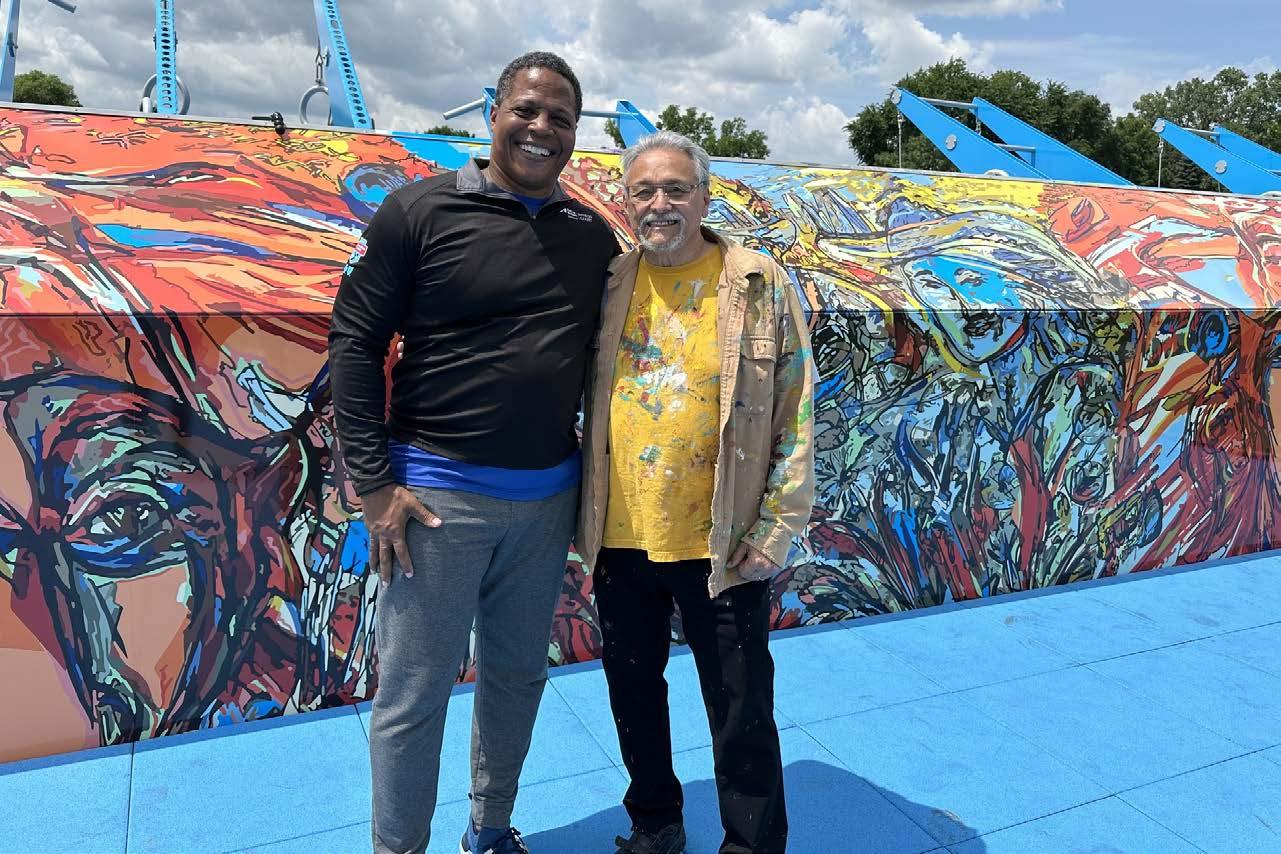
In the summer of 2023, National Fitness Campaign (NFC) and Blue Cross and Blue Shield of Minnesota (BCBSMN) announced a partnership to bring free, accessible fitness opportunities to communities across the state. The partnership, rooted in a shared commitment to health equity and wellness, began with the installation of Minnesota’s first NFC Fitness Court® in
Willmar and has since expanded to cities and campuses statewide.
At the core of this initiative is a powerful belief: movement is a fundamental right. By uniting NFC’s cutting-edge outdoor fitness infrastructure with Blue Cross’ commitment to public health, this partnership is turning public spaces into vibrant hubs for wellness. Through free-to-use, world-
class Fitness Courts, communities across Minnesota are gaining access to highquality fitness opportunities—empowering people of all ages and abilities to move, connect, and thrive.
Since announcing their partnership, NFC and BCBSMN have continued their momentum, working with civic leaders to introduce Fitness Courts in a growing
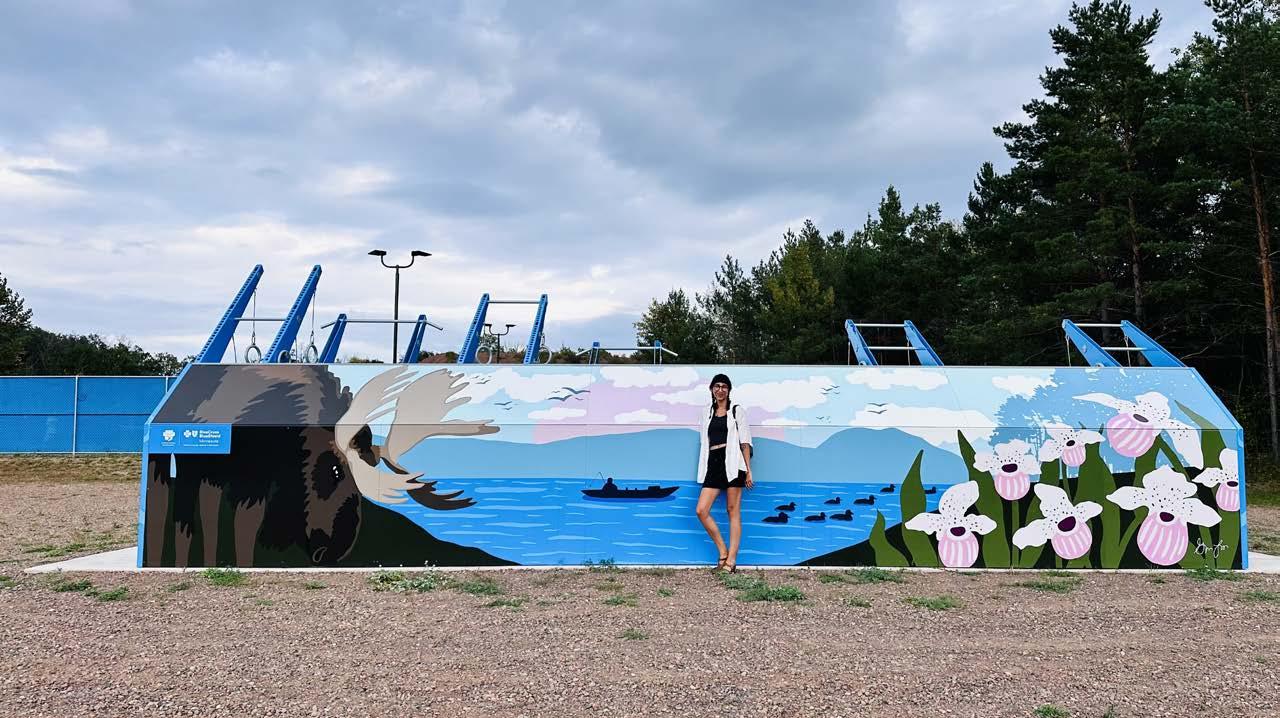
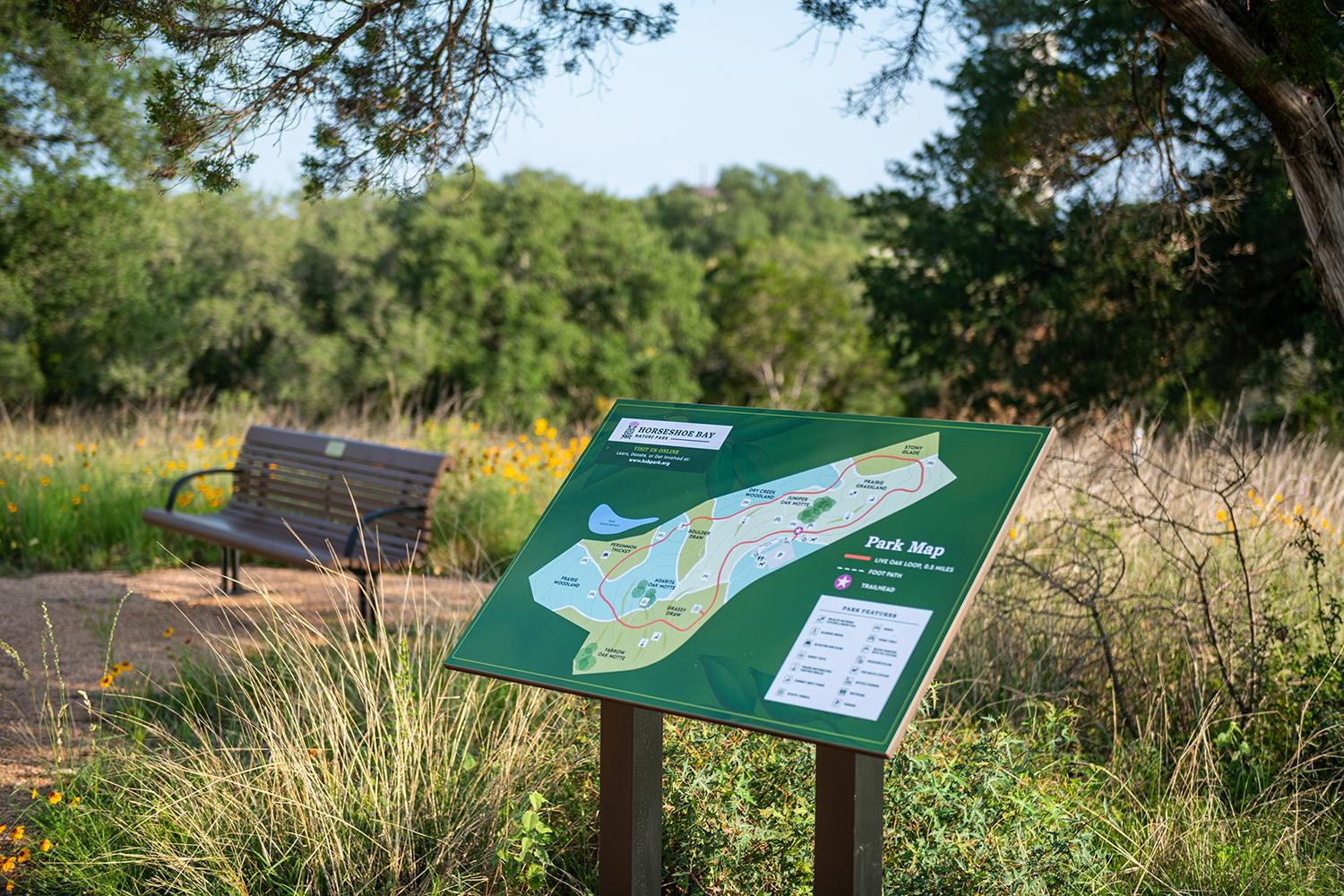


number of Minnesota communities. Among them is Moose Lake Township, where the township board proudly launched its Fitness Court at Art Ohlgren Park In October of last year. “The Moose Lake Township Board is excited to announce the installation of a Fitness Court,” said Donna Kirk, Township Clerk. “The Fitness Court offers free, accessible, and scalable fitness options and is part of the board’s commitment to revitalizing the park for the greater Moose Lake community to enjoy.”
In Willmar’s Sperry Park, where the first BCBSMN Fitness Court was unveiled in July of 2023, local artist Sonja Madsen contributed custom artwork to the back wall of the structure. “This is such a surreal moment for me. I’ve never done anything of this caliber and to have a permanent installation in my hometown, to get to be a part of the welcoming atmosphere and do my part to reflect the interconnectedness of our community is just a surreal opportunity and I am beyond honored,” Madsen said.
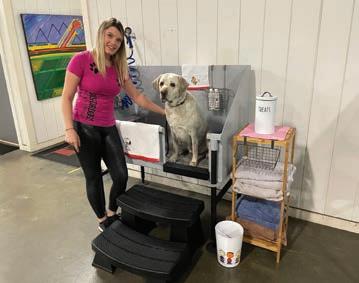
The University of Minnesota also embraced the initiative, installing a Fitness Court in the Superblock area, home to thousands of students. By making high-quality fitness accessible on campus, NFC and BCBSMN are ensuring that young adults have the opportunity to prioritize their health amid busy academic schedules.
Beyond the Fitness Court, this initiative speaks to a broader mission: fostering a culture of health that is inclusive and sustainable. “All Minnesotans benefit from a culture of shared wellness,” said
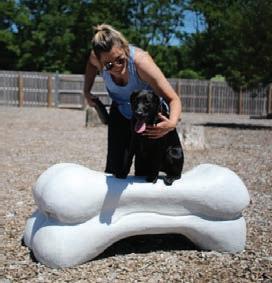

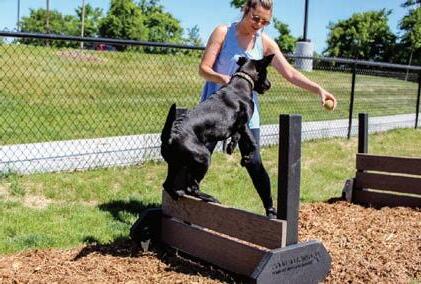
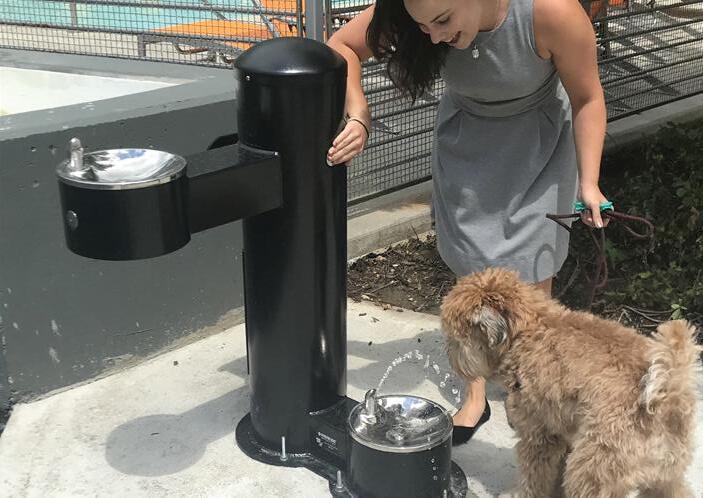

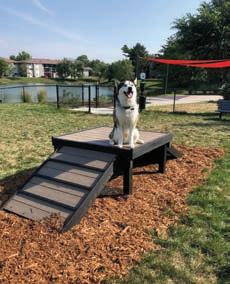
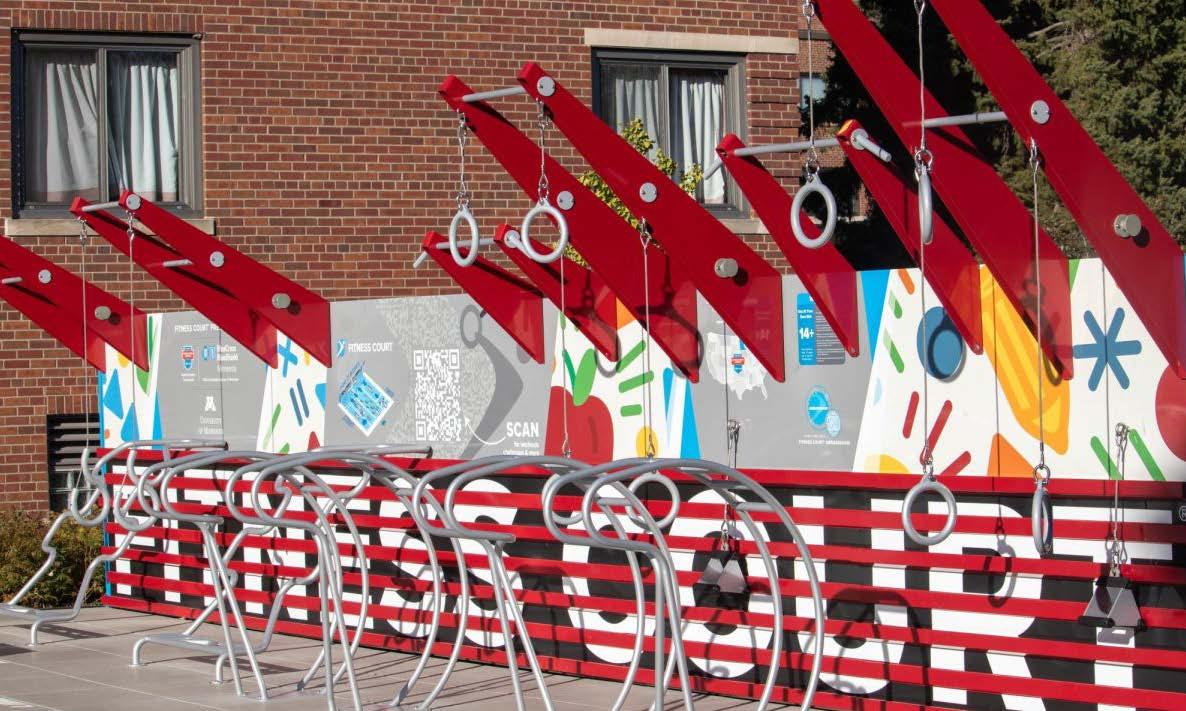
Fitness Court
Bukata Hayes, Vice President of Racial and Health Equity and Chief Equity Officer at Blue Cross. “Blue Cross and National Fitness Campaign have common goals of advancing racial and health equity opportunities with these types of community efforts. I’m looking forward to the positive impact that we can make together.”
As the NFC and BCBSMN partnership continues to grow, so does its potential to transform public spaces and health
outcomes for Minnesotans. With Fitness Courts now in Willmar, Moose Lake Township, Shakopee, Waite Park, and Minnesota West Community & Technical College, NFC is eager to work with more communities and schools in the months and years ahead. Through this initiative, cities and schools across the state can create lasting, inclusive fitness solutions that support healthier, more active lifestyles for all.



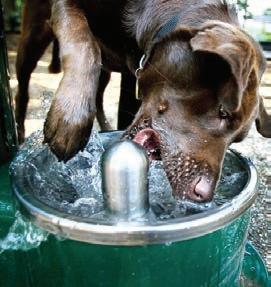
For those interested in joining the

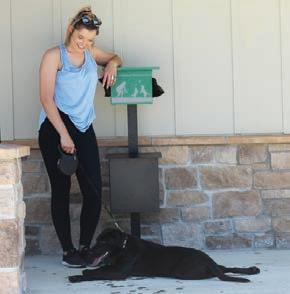
campaign, NFC provides grant funding and other resources to help launch and activate the Fitness Court for small and large populations. Through continued collaboration and investment in community health, NFC and BCBSMN are building a healthier Minnesota—one Fitness Court at a time.
Please scan the QR code to learn more about Fitness Courts.





Anderson Race Management
Mary Anderson 651) 688-9143 mary@andersonraces.com andersonraces.com
B32 Engineering Group
Scott Ward (651) 256-3090 scott.ward@b32eng.com b32eng.com
Bituminous Roadways Inc.
Logan Blodgett (651) 686-7001 logan.blodgett@bitroads.com bitroads.com
Bolton & Menk, Inc.
Anne Gode (507) 625-4171 anne.gode@bolton-menk.com bolton-menk.com
Burbach Aquatics, Inc.
Julie Westemeier (608) 348-3262 juliew@burbachinc.com www.burbachaquatics.com



Commercial Recreation Specialists, Inc.
Terese Welch (608) 848-8781 crsmarketing@crs4rec.com crs4rec.com
Creative Resources Agency
Bridget Resig (612) 558-3268 bridget@acreativeresource.com acreativeresource.com
Custom Bridges and Boardwalks
Joe Krebs contact@custommfginc.com custombridgesandboardwalks.com
Custom Builders Inc.
Jeffrey Reiter (320) 443-0107 jeffrey.reiter@custombuildersmn.com custombuildersmn.com
Damon Farber Landscape Architects
Tom Whitlock (612) 332-7522 twhitlock@damonfarber.com damonfarber.com




Daylight Specialists
Jeff May (952) 818-4854 jeff@daylightspecialists.com daylightspecialists.com
Fireflies Play Environment Inc.
Camille Calderaro (612) 990-2969 camille@lunningwende.com firefliesplay.com
Flagship Recreation LLC
Kelly Simich (763) 550-7860 kelly@flagshipplay.com flagshipplay.com
Goodmark Nurseries
Melissa Acevedo
melissa.acevedo@goodmarknurseries.com goodmarknurseries.com
H+U Construction
Nikki Rugh (612) 438-0258 nrugh@hu-construction.com hu-construction.com
HGA Architects and Engineers
Leah Smith (612) 758-4390 lmsmith@hga.com hga.com
Hoisington Koegler Group Inc.
Eric Blodgett 612) 338-0800 eric@hkgi.com hkgi.com
Horizon Commercial Pool Supply
Andy Verchota (651) 917-3075 andy.verchota@horizonpoolsupply.com horizonpoolsupply.com
HydroApps
Courtney Klein (314) 377-5769 courtneyklein@hydroapps.com hydroapps.com
ISG
Amanda Prosser (952) 426-0699 amanda.prosser@isginc.com isginc.com
JLG Architects
Tom Betti (612) 746-4260 TBetti@jlgarchitects.com jlgarchitects.com
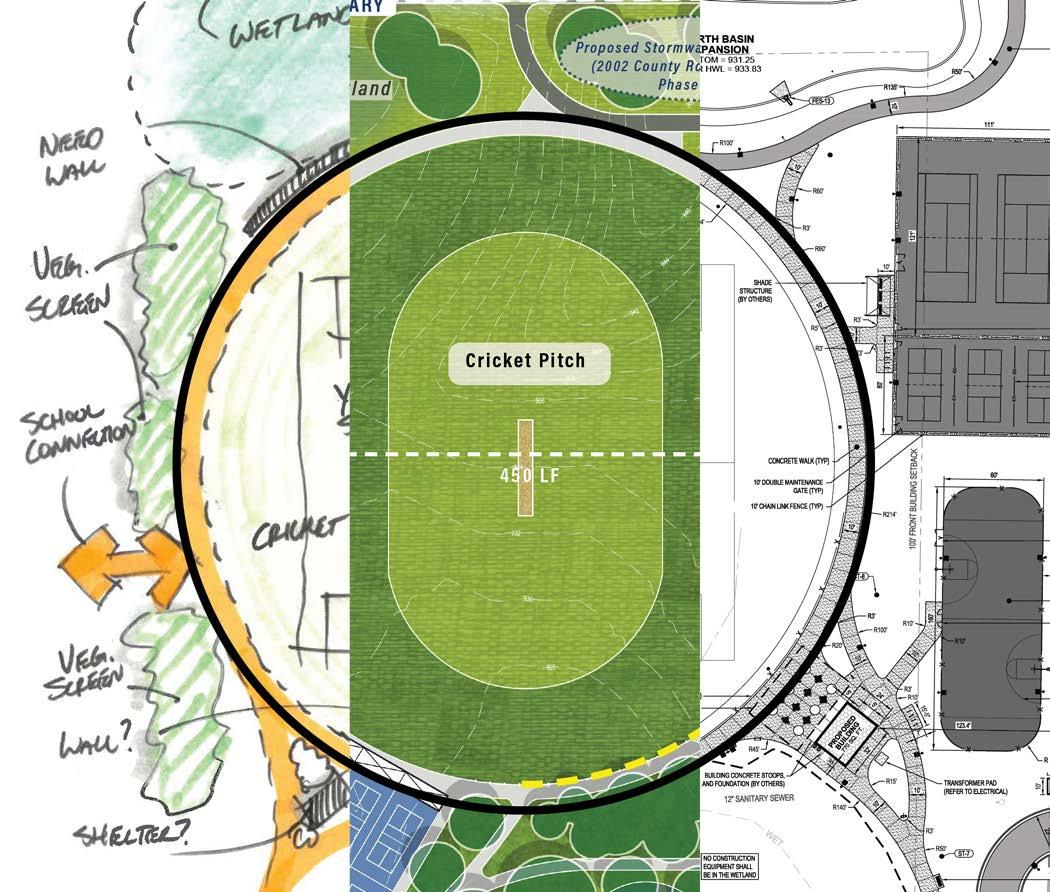

The City of Plymouth entrusted ISG to help design one of the last remaining undeveloped park parcels in the City. The Meadows Playfield will soon offer a 65-yard cricket field with improved natural grass and a hybrid turf pitch, two youth size soccer fields, two tennis courts, three pickleball courts, ice rink and basketball facilities, a warming house, and multipurpose space—all fully lit for nighttime use. On-site wetlands, retaining walls, and stormwater management reflect responsible stewardship and urban planning despite a complex topography. The Meadows Playfield stands as a collaborative effort, demonstrating resilient and community-focused public spaces.
Architecture + Engineering + Environmental + Planning | ISGInc.com
Johnson Fitness
Drew Wurst (952) 500-0508 drew.wurst@johnsonfit.com johnsonfitness.com/commercial/index Kaizen
John Puma partners@kaizenlabs.co kaizenlabs.co
Kimley-Horn
Ben Sporer (651) 645-4197 ben.sporer@kimley-horn.com kimley-horn.com
KL Engineering
Michael Olstendorf (612) 644-0507 michael.ostendorf@klengineering.com klengineering.com
Kompan
John Engfer (612) 940-1138 joheng@kompan.com kompan.us
Kraus-Anderson
Eric Quam (612) 332-7281 eric.quam@krausanderson.com krausanderson.com
Landscape Structures
Megan Andrada (763) 972-3391 meganandrada@playlsi.com playlsi.com
LHB, Inc.
Lydia Major (612) 752-6956 lydia.major@lhbcorp.com lhbcorp.com
Lifefloor
Jonathan Keller tradeshow@lifefloor.com lifefloor.com
Mid-America Pool Renovation
Ryan Thompson ryan@poolrenovation.com poolrenovation.com
Midwest Groundcover Express
Blower Service
Justin Crandall (763) 274-9829
midwestgroundcover@gmail.com midwestgroundcover.net
Midwest Playscapes, Inc.
Andrew Pudwill (800) 747-1452
andrew@midwestplayscapes.com midwestplayscapes.com
Minnesota Wisconsin Playground Inc
Harlan Lehman (763) 546-7787
harlan@mnwiplay.com mnwiplay.com
Musco Sports Lighting
Scott Peitz (763) 533-2030
brooke.hermsen@musco.com musco.com
National Fitness Campaign
Sarah Morgan (415) 794-2008
sarah@nfchq.com nfchq.com
Northland Recreation, LLC
Bill Johnson (651) 815-4097
info@northlandrec.com www.northlandrec.com
Nystrom Publishing Company
Gerry Nystrom (763) 425-7900
gerry@nystrompublishing.com nystrompublishing.com
Oertel Architects, LTD.
Andrew Cooper (651) 696-5186
acooper@oertelarchitects.com www.oertelarchitects.com
Plaisted Companies
Brian Thunberg (763) 450-9145
bthunberg@plaistedcompanies.com plaistedcompanies.com
Pleva Mechanical Inc
Taylor Stone (515) 438-2279
taylor@plevamechanical.com pleva.org
Premier Polysteel
Tim Solum (507) 301-1655
tim@premierpolysteel.com www.premierpolysteel.com
Radar Talent Solutions
Josiah Misselt (612) 473-2060
josiah@radartalentsolutions.com radartalentsolutions.com
RJ Thomas Manufacturing / Pilot Rock
Justin Jorgensen (712) 225-5115
jjorgensen@rjthomas.com pilotrock.com
RJM Construction
Brad Barickman (952) 837-8600
brad.barickman@rjmconstruction.com rjmconstruction.com
Safety First Specialty Contracting, Inc.
Charles Bot (320) 496-9118
charles.bot@safetyfirstplayground.com www.safetyfirstplayground.com
Snow Kreilich Architects
Alita Major (612) 752-0261 alita@snowkreilich.com snowkreilich.com
Sports Lighting Authority
Harlan Gallop hgallop@sportslightingauthority.com www.sportslightingauthority.com
SRF Consulting Group Inc
Ken Grieshaber (763) 475-0010
kgrieshaber@srfconsulting.com srfconsulting.com
St. Croix Recreation
Hannah Johnsen (651) 430-1247 hannah@stcroixrec.com www.funplaygrounds.com
Synthetic Turf Solutions of MN
Mark Prince (651) 341-7763
mark@synthetic-turf-mn.com synthetic-turf-mn.com
Terra Construction
Alysia Karger (763) 202-2819 akarger@terragc.com terragc.com
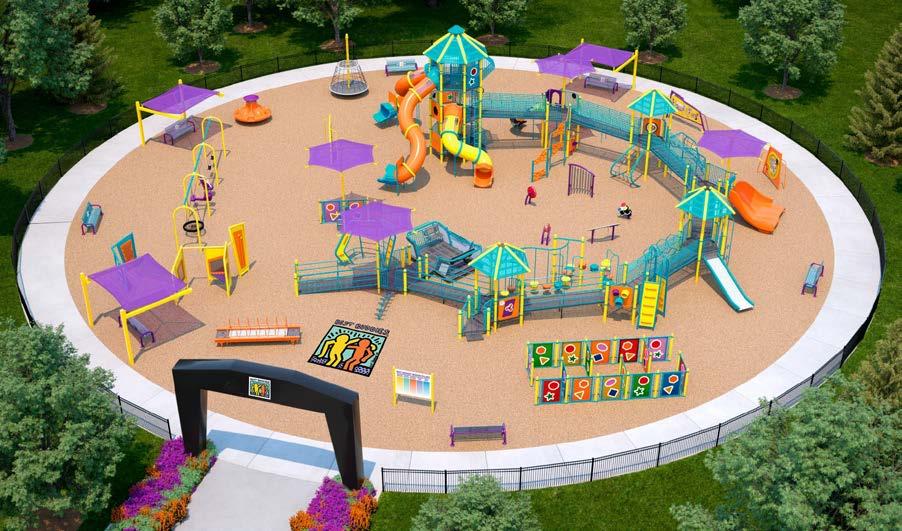
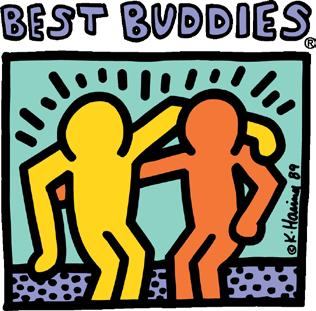
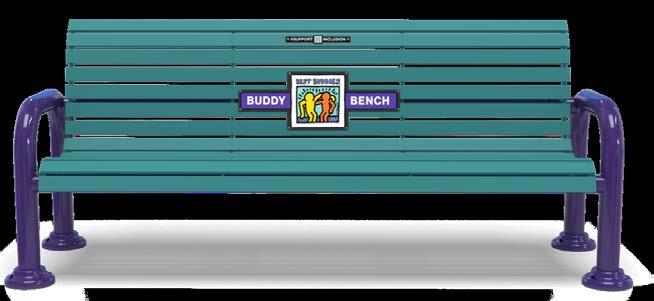

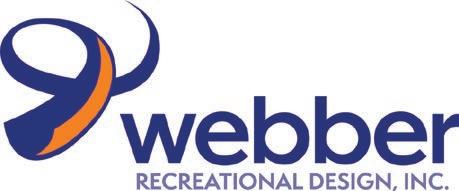

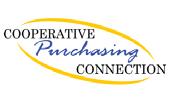
TKDA
Kathleen Anglo (651) 292-4400
holly.ball@tkda.com
Kathleen.Anglo@tkda.com tkda.com
USTA Northern
Pat Colbert (952) 887-5001
colbert@northern.usta.com northern.usta.com
Webber Recreational Design
Jay Webber (651) 438-3630
customerservice@webberrec.com www.webberrec.com
Widseth
Jillian Reiner (320) 335-5011
jillian.reiner@widseth.com windseth.com
WSB & Associates, Inc.
Candace Amberg (763) 231-4848
camberg@wsbeng.com www.wsbeng.com
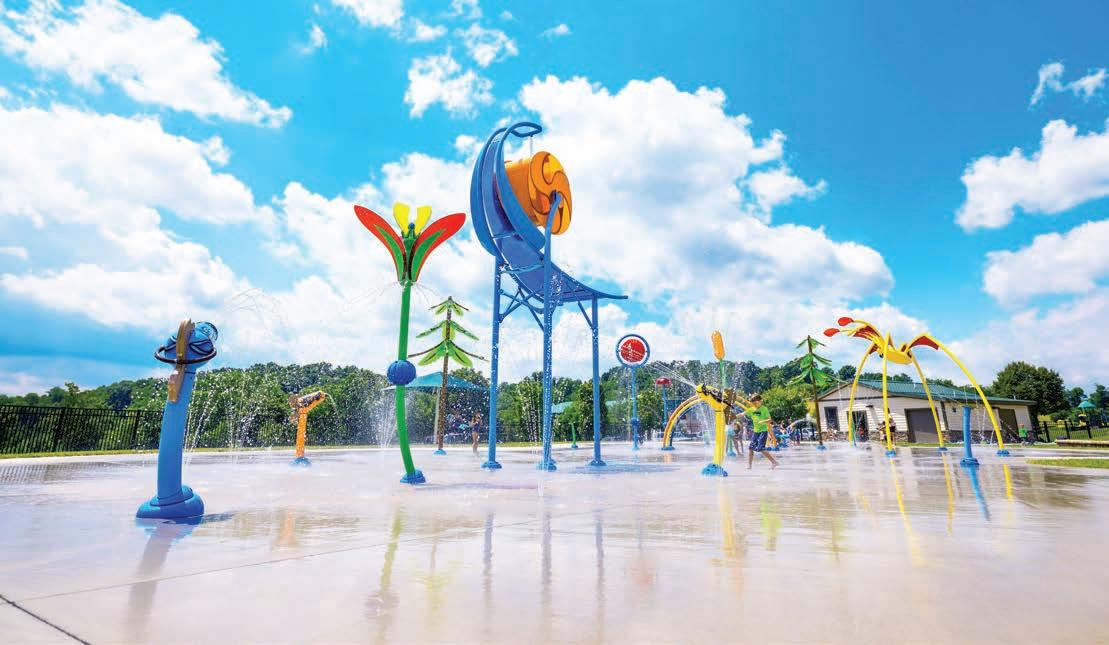
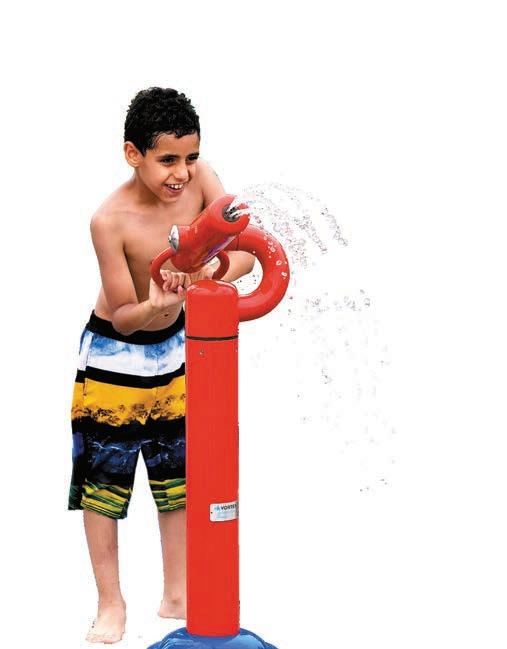

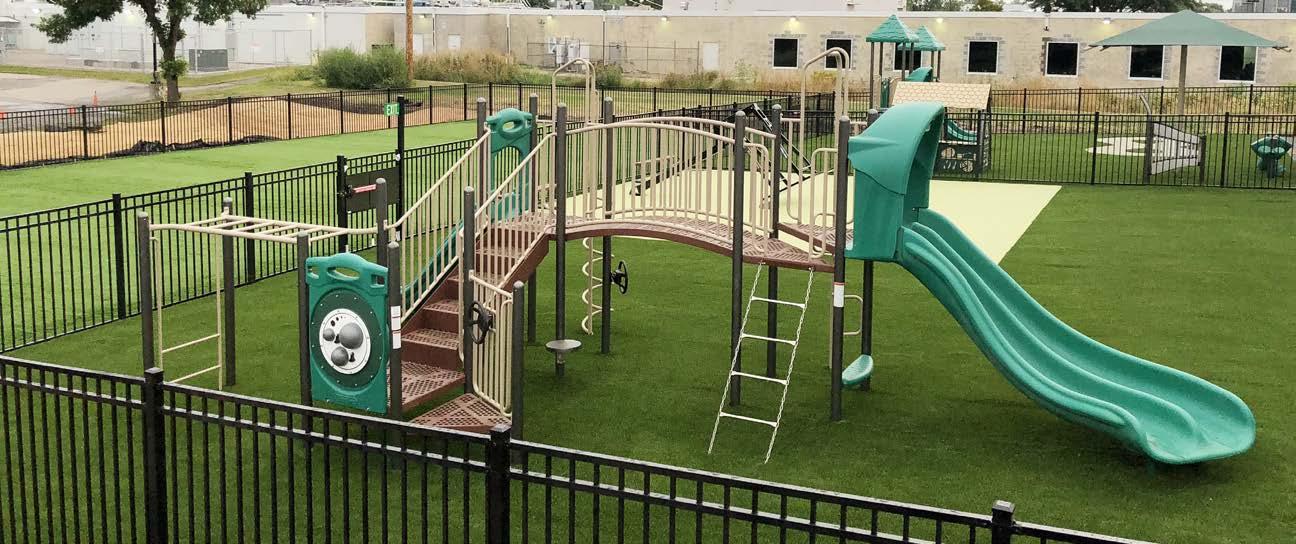


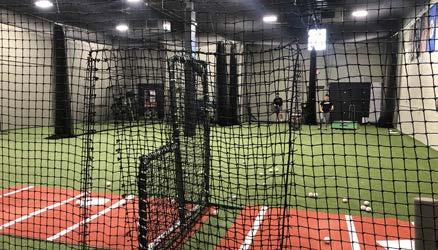
As a family owned and operated business, we take pride in our service and customer satisfaction. Independently run, unlike many of our single-source competitors, Synthetic Turf Solutions Minnesota partners with numerous industry-leading manufacturers across the country to offer the widest range of products, services and solutions – allowing us the freedom to find the proper products that align with our clients individual needs at a price to fit all budgets. With a locally stocked warehouse in the southwest metro, we are truly your ‘one-stop shop’ for all things synthetic turf and game court related.
